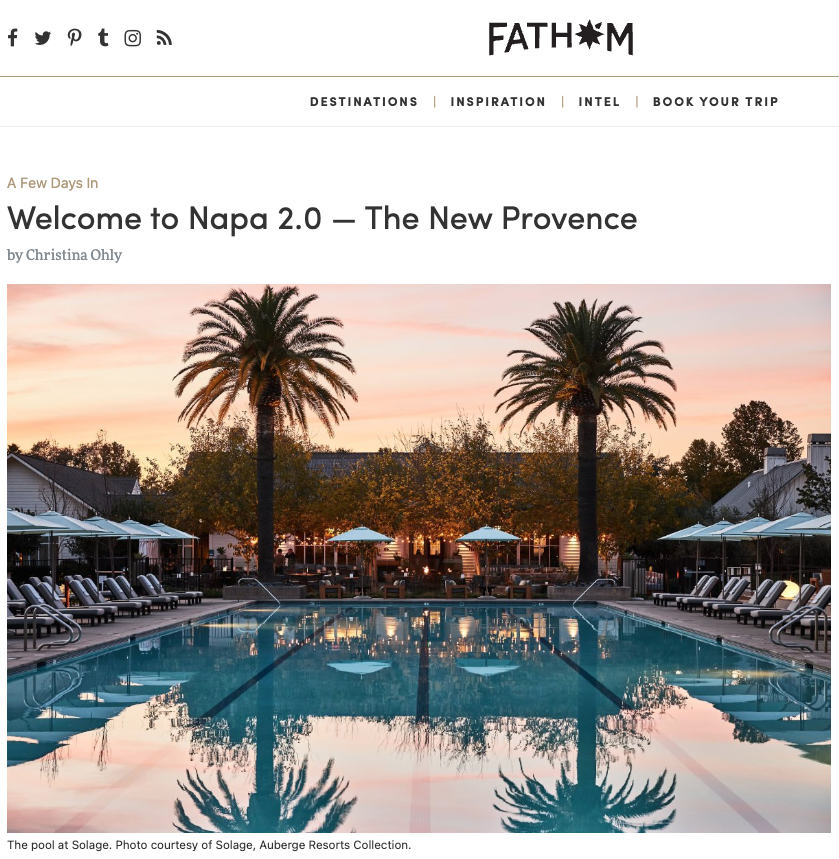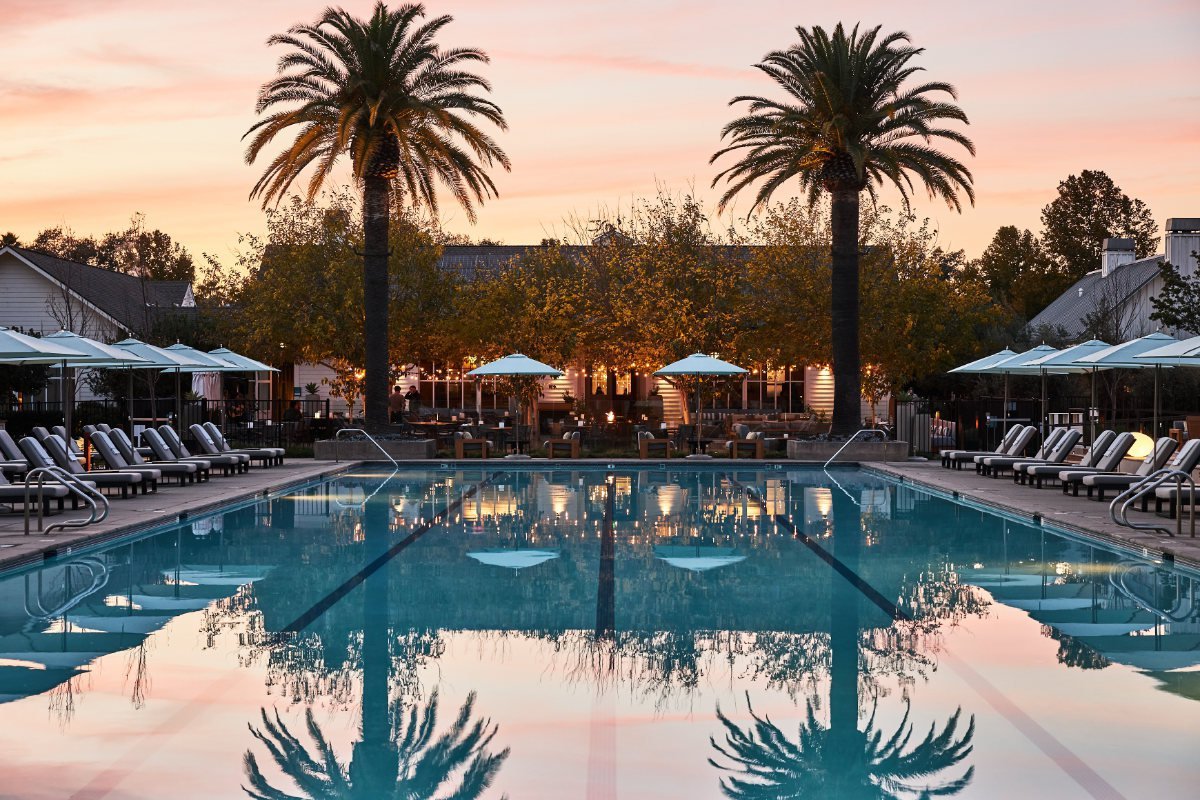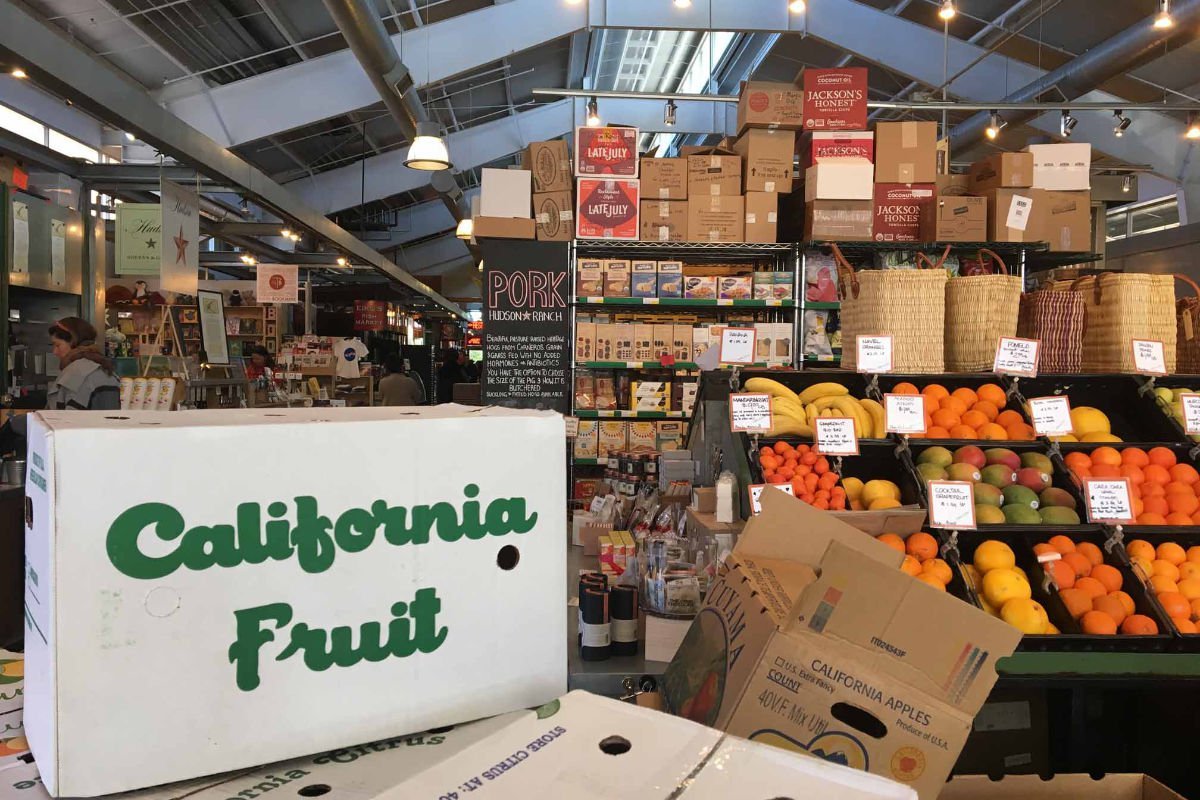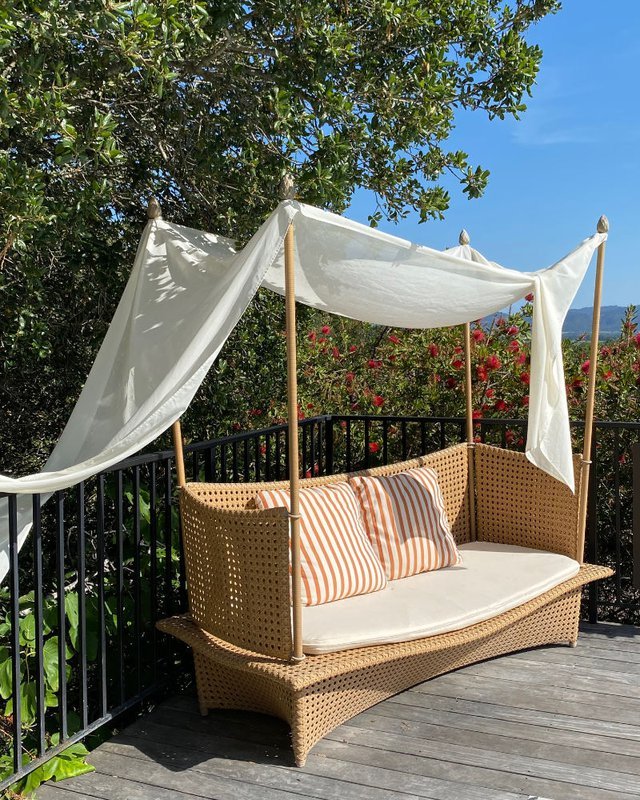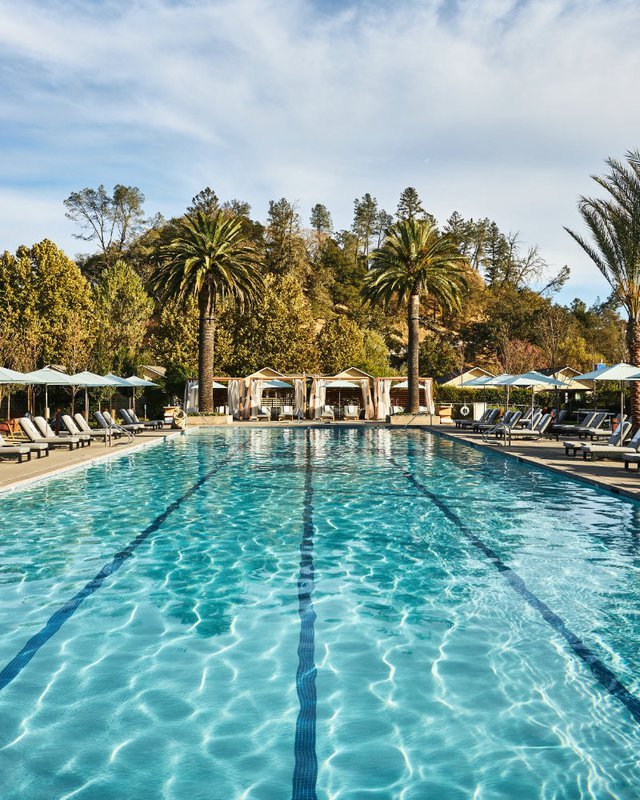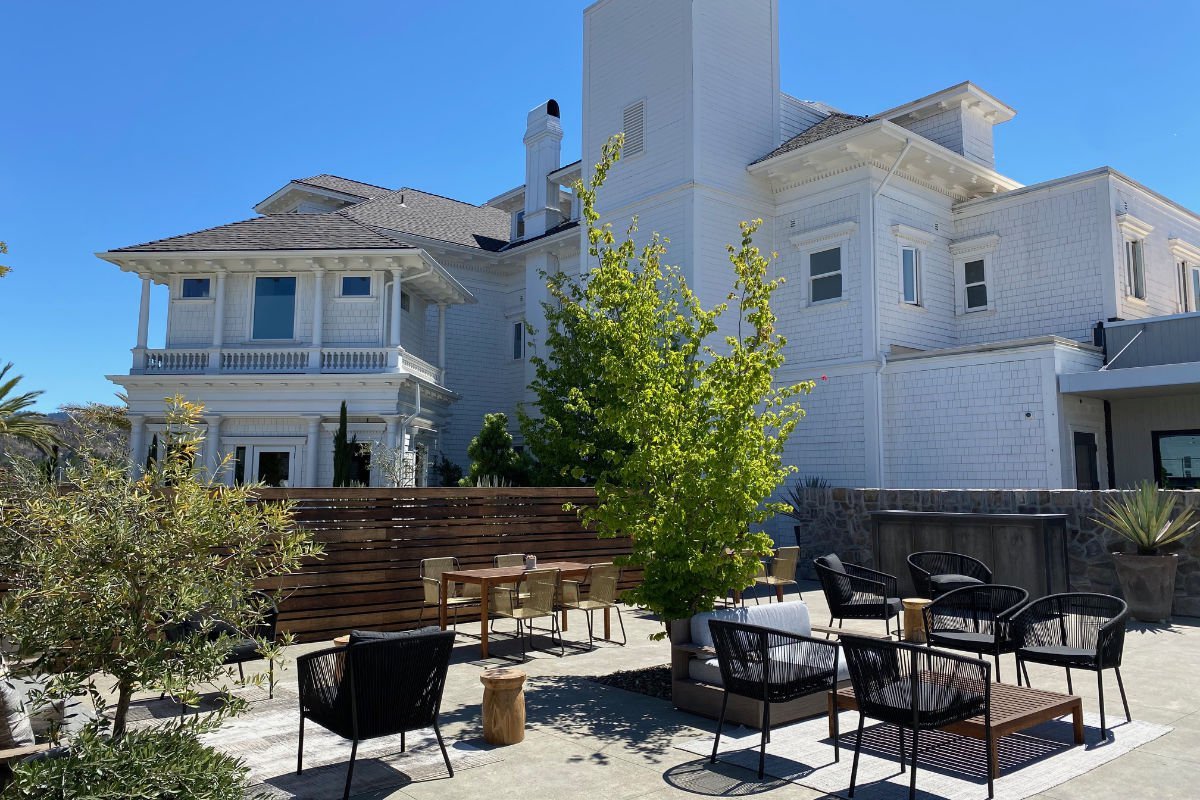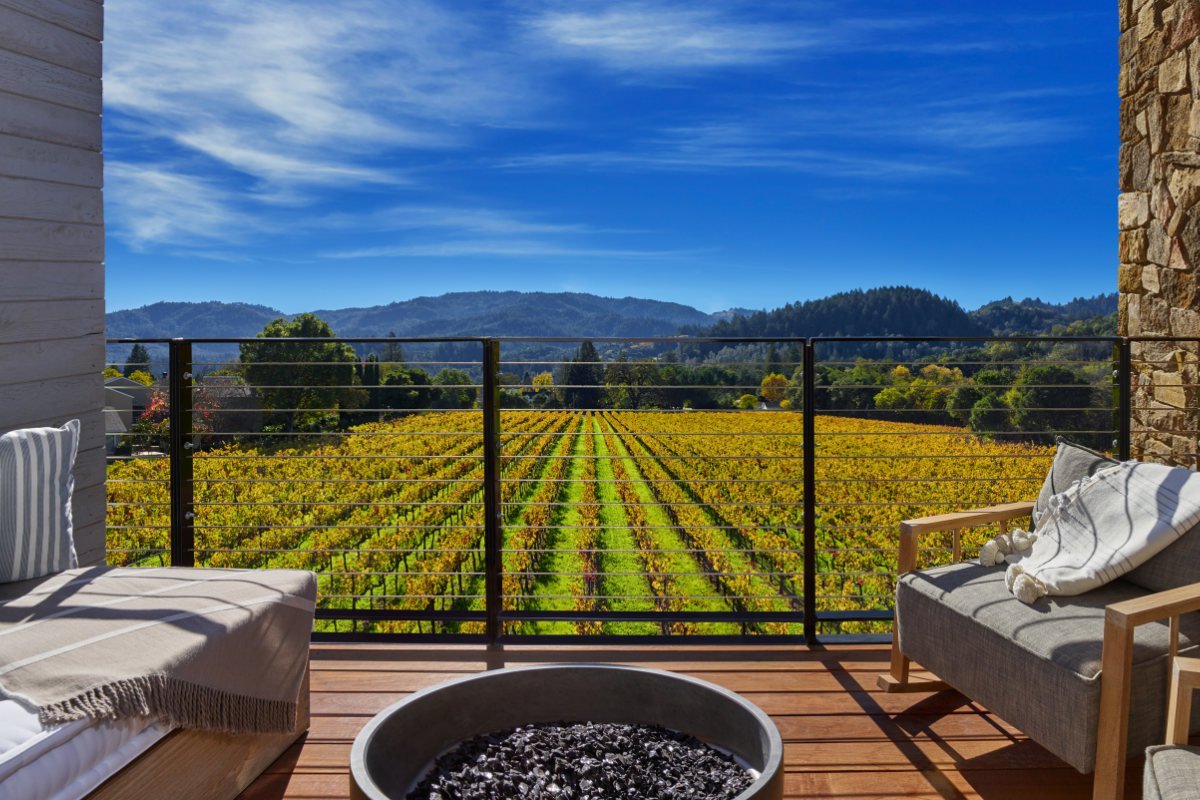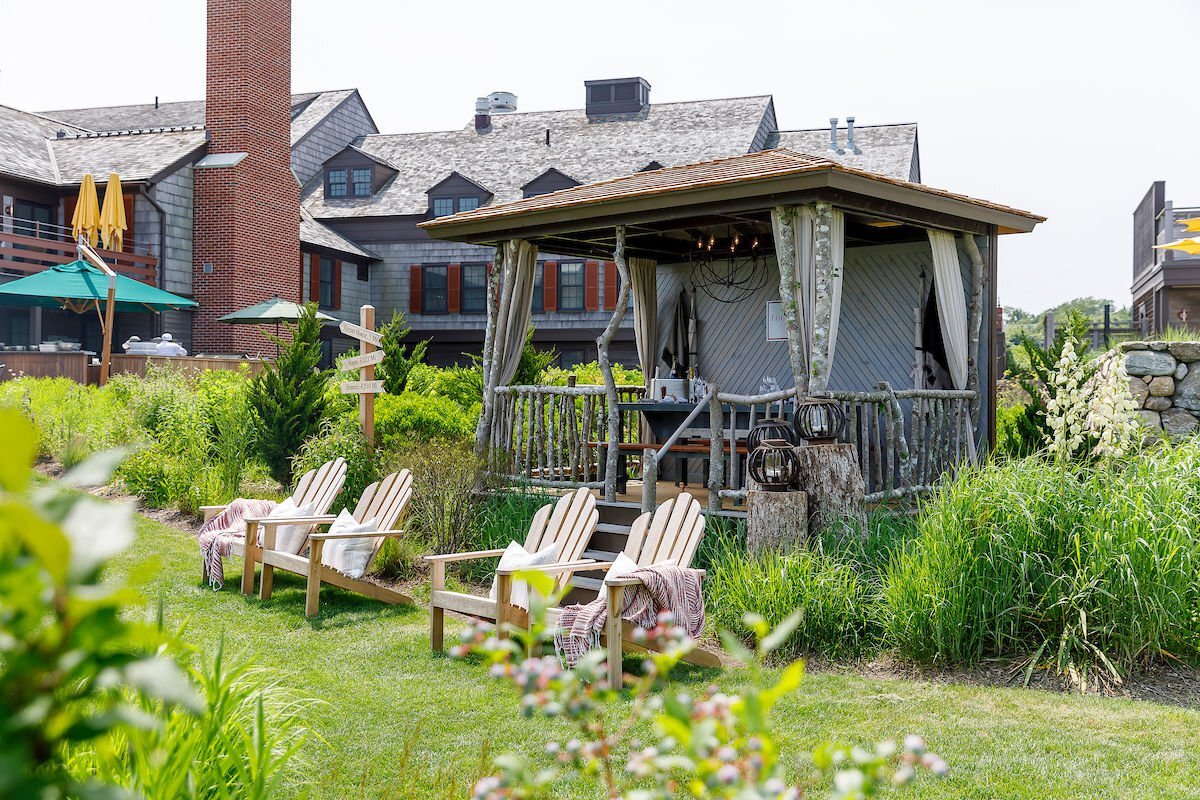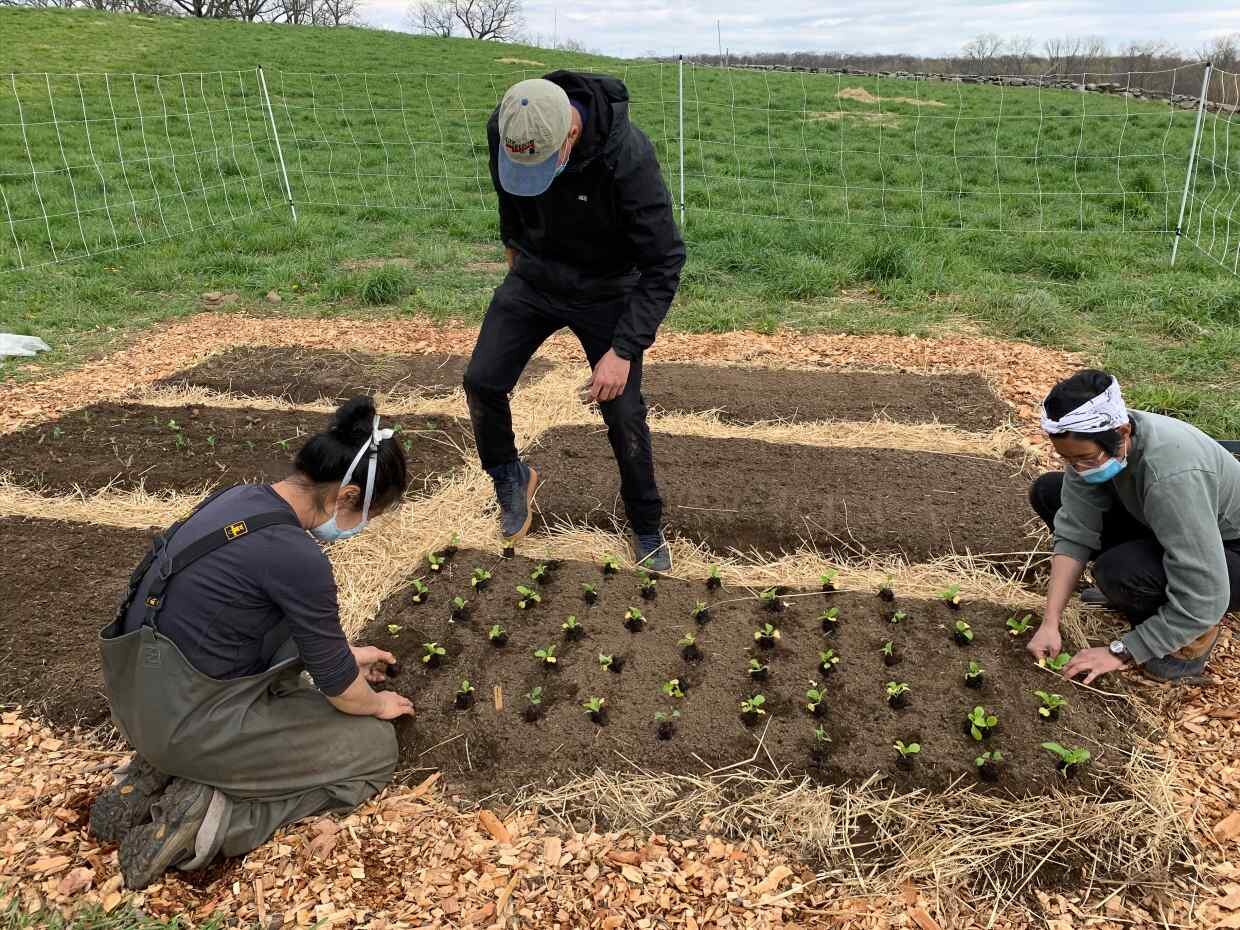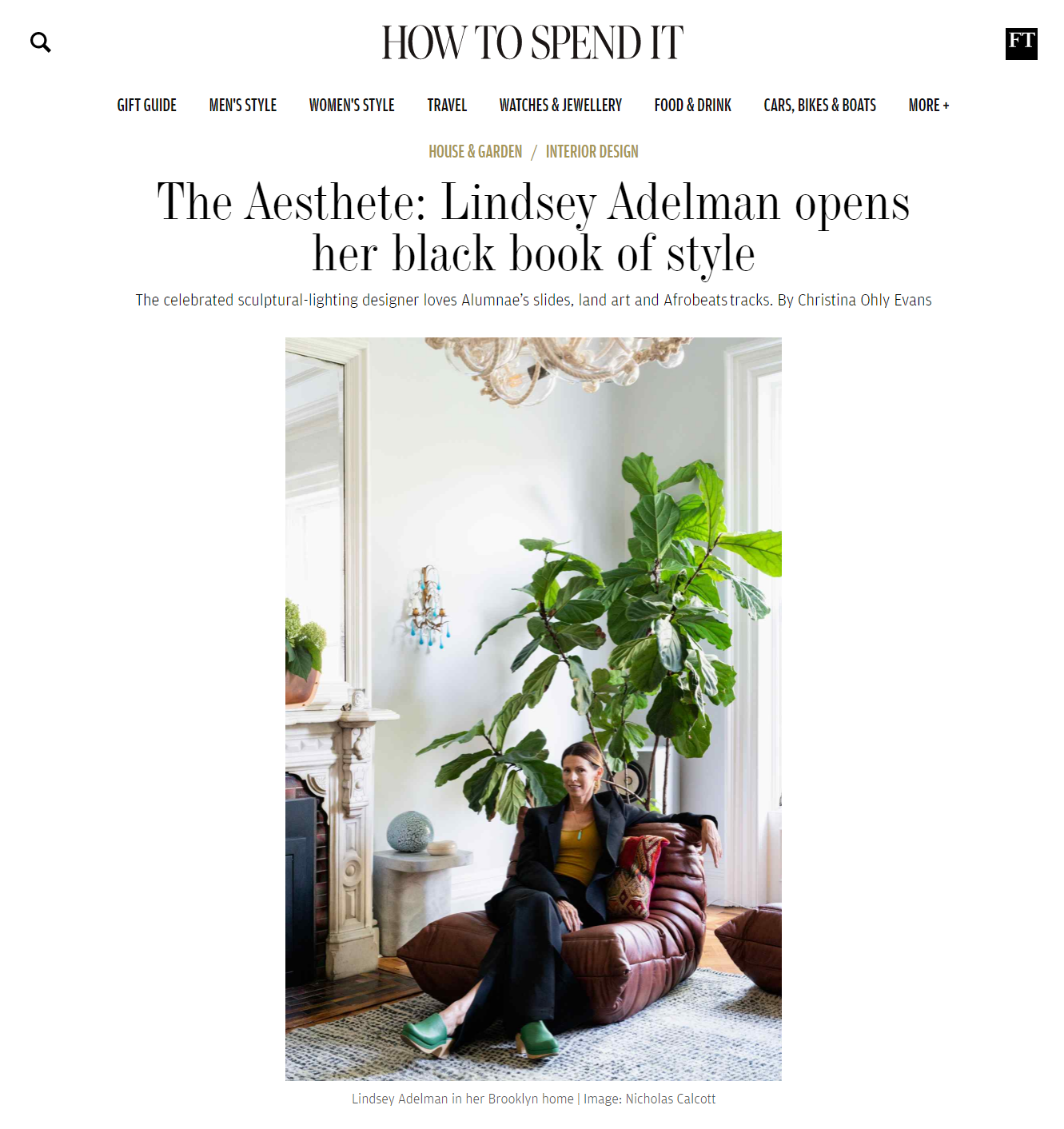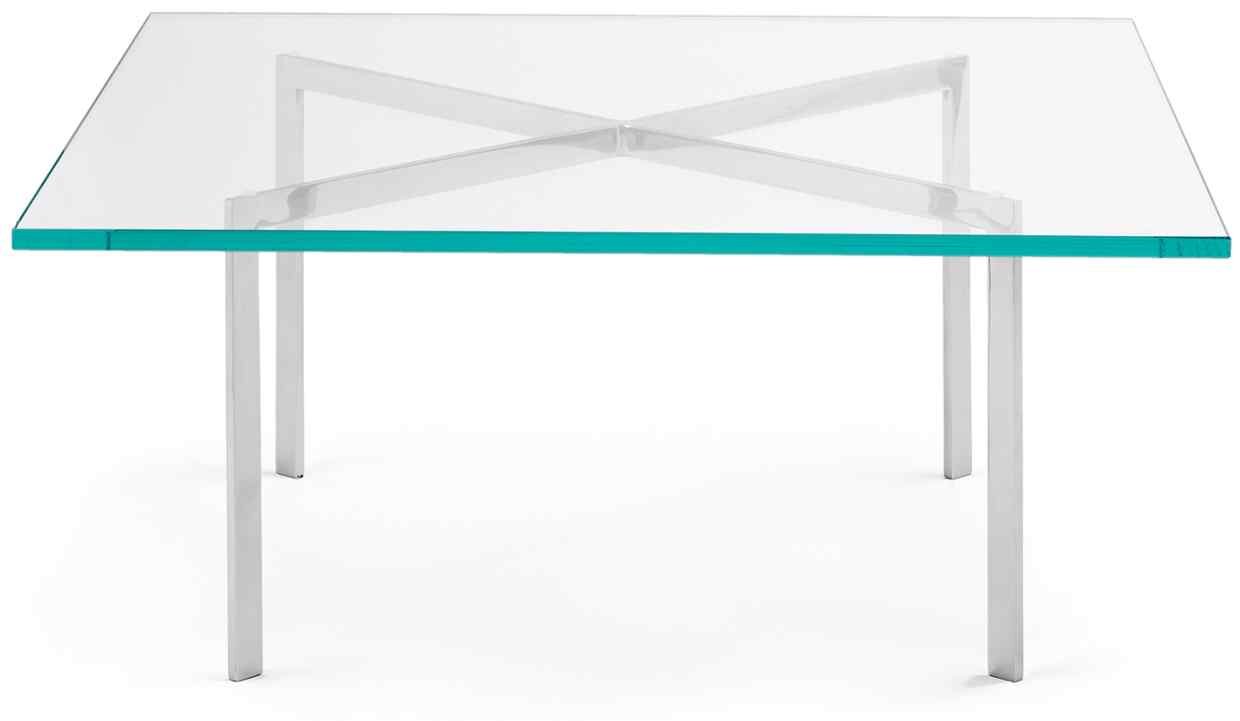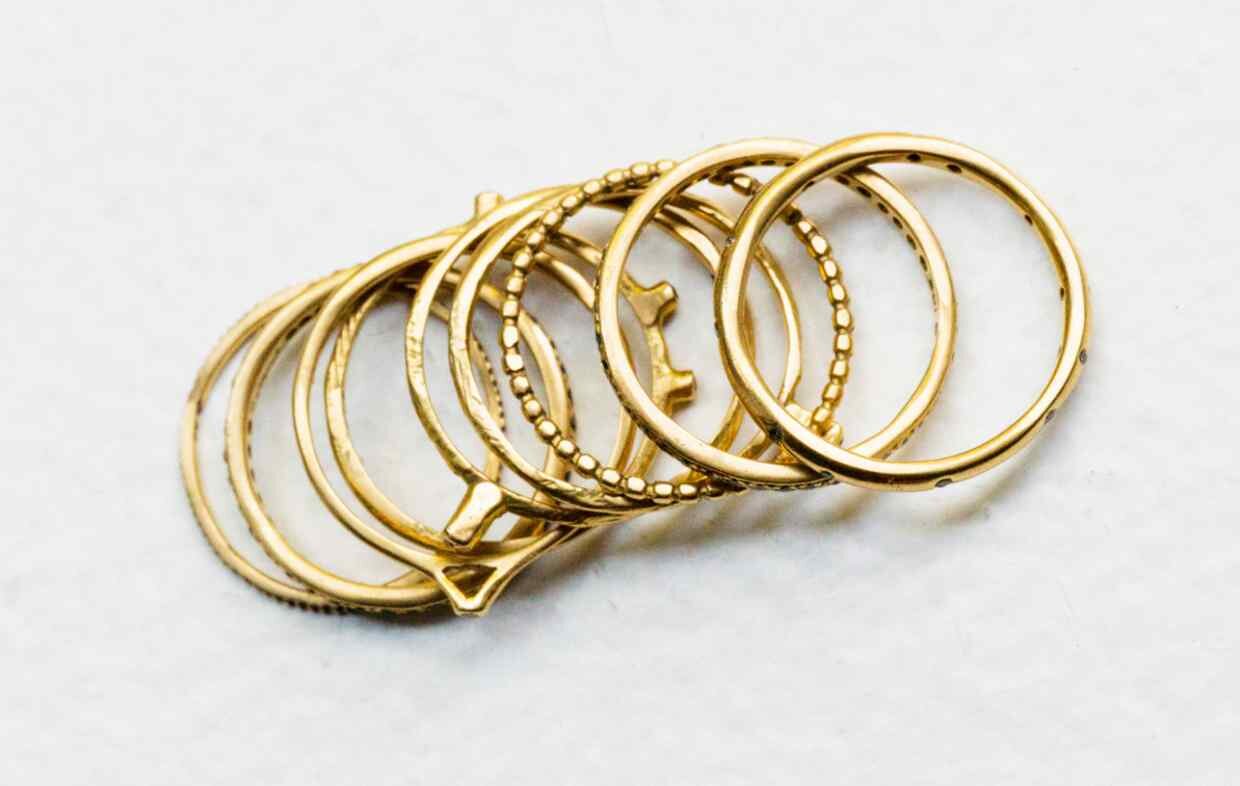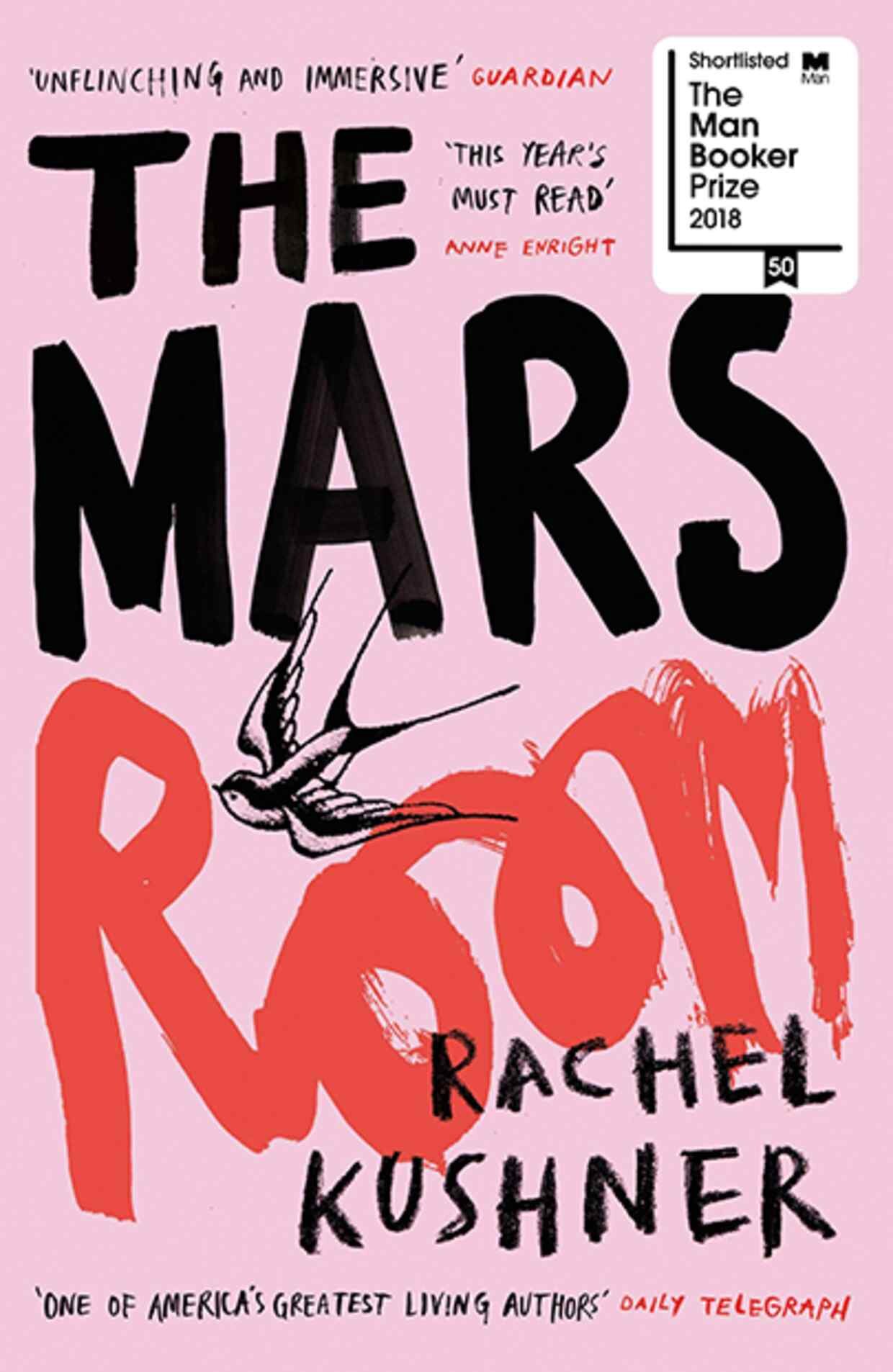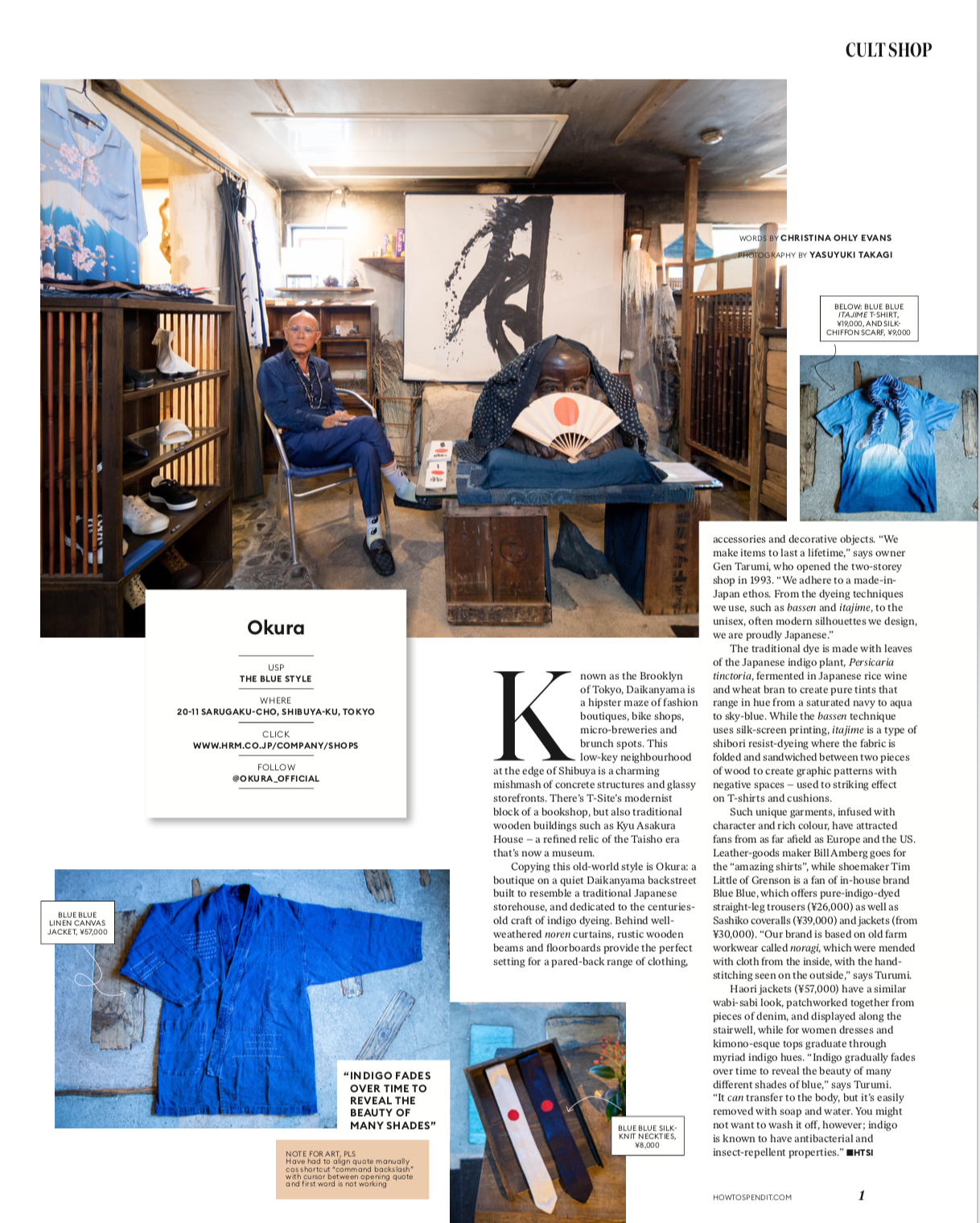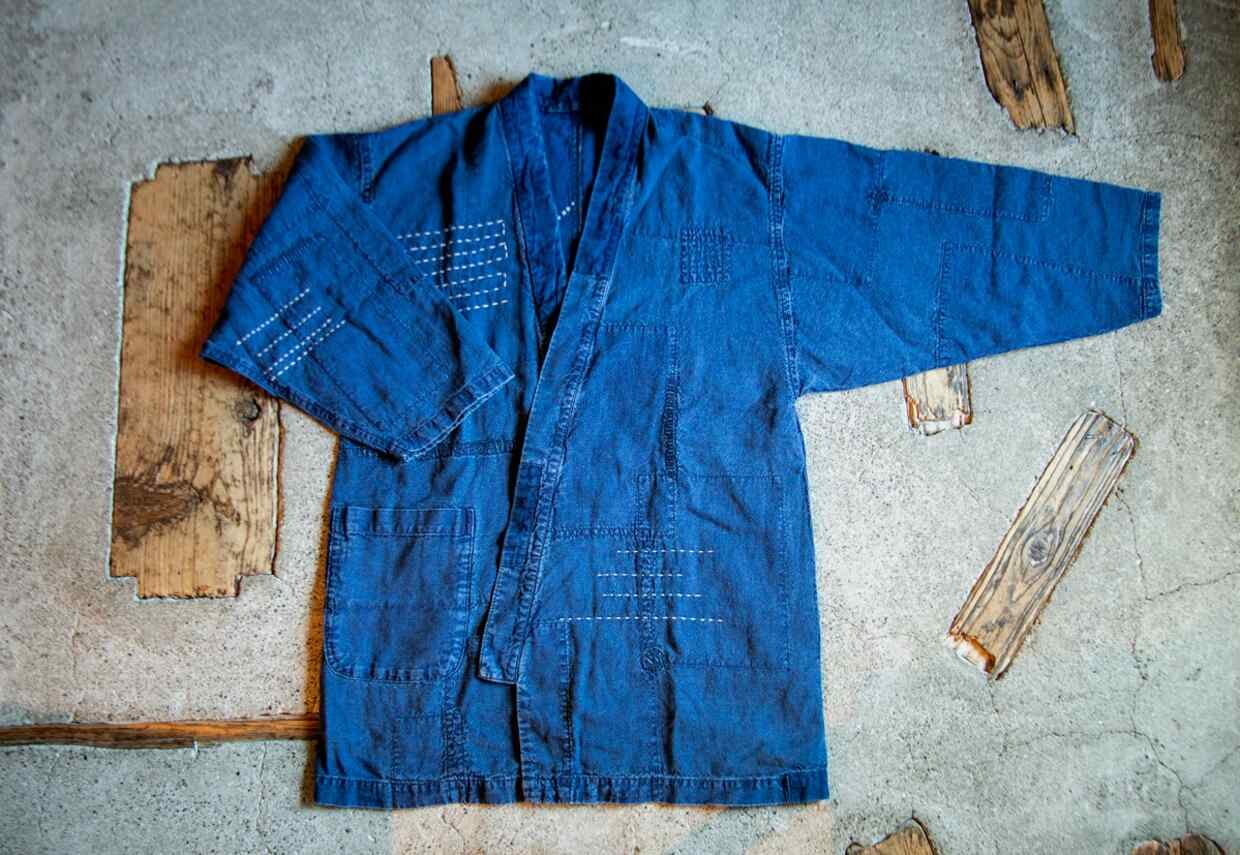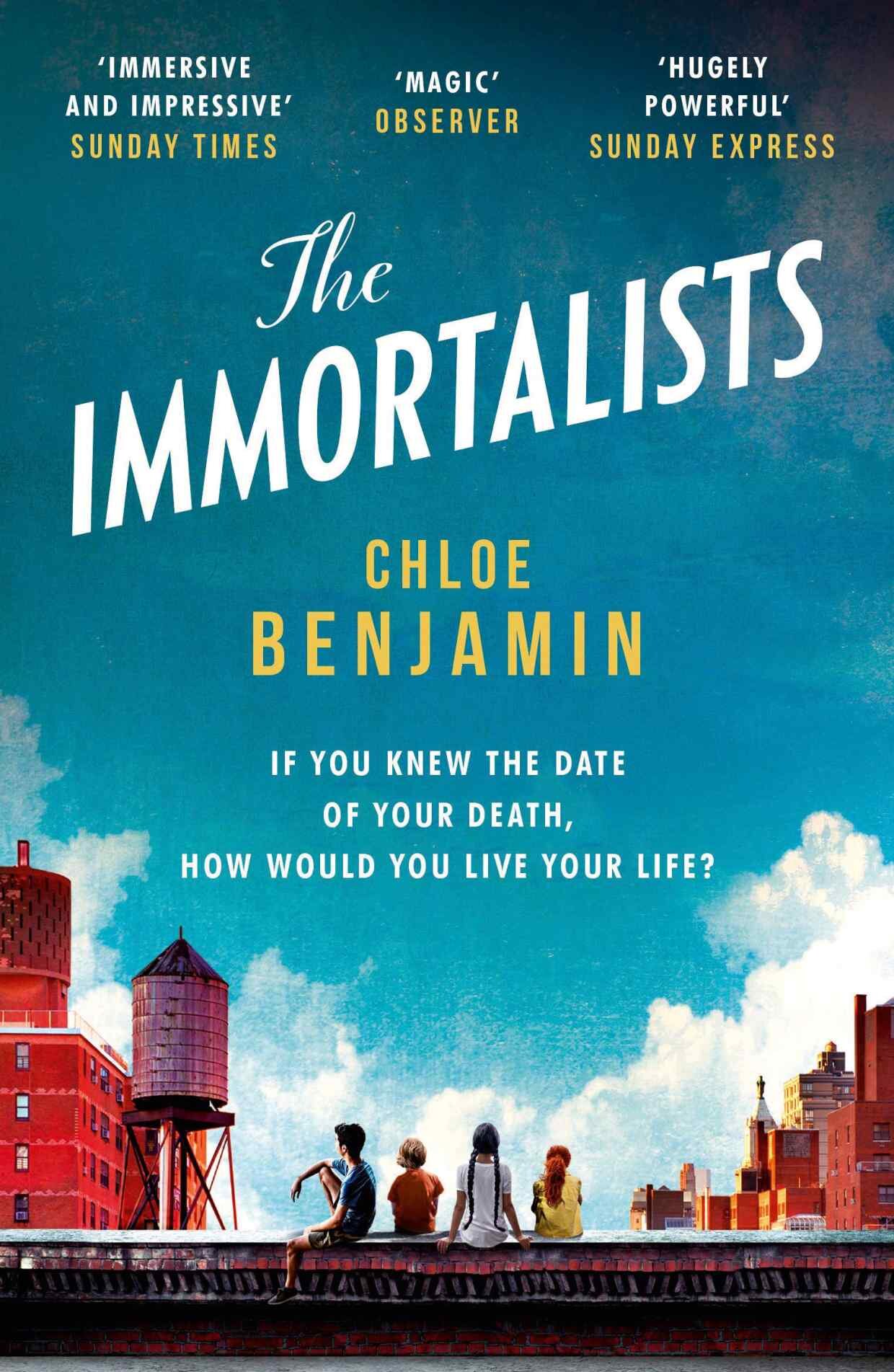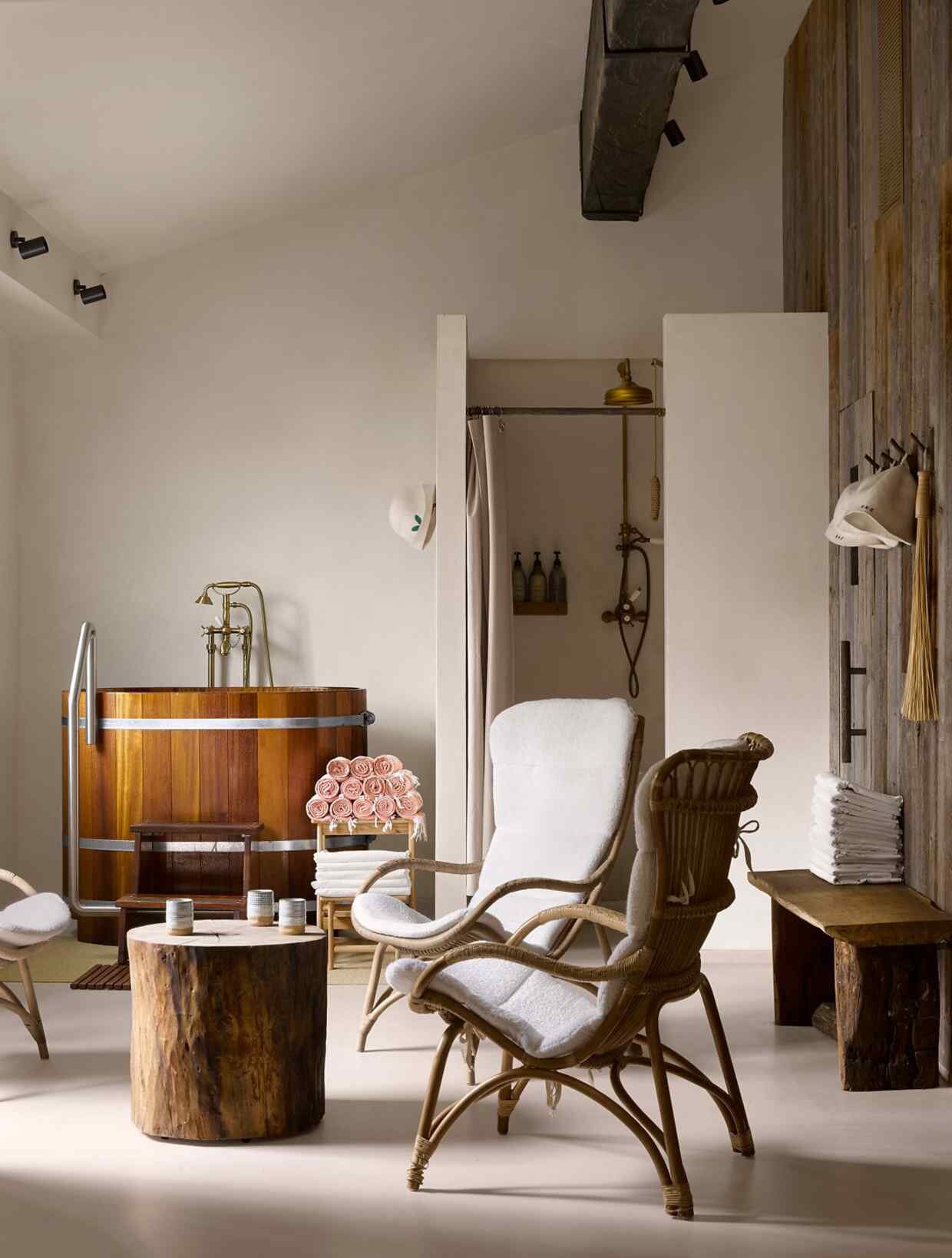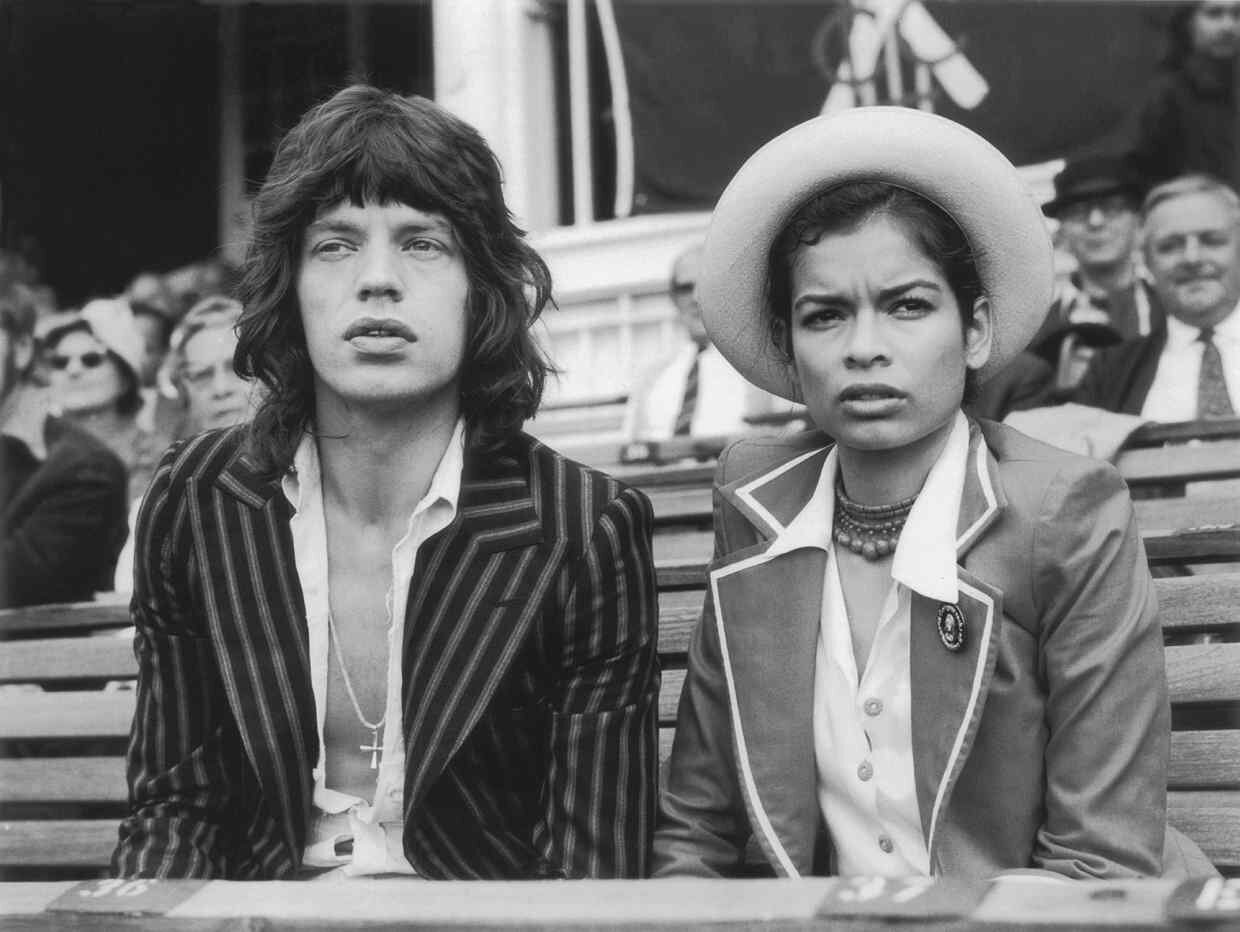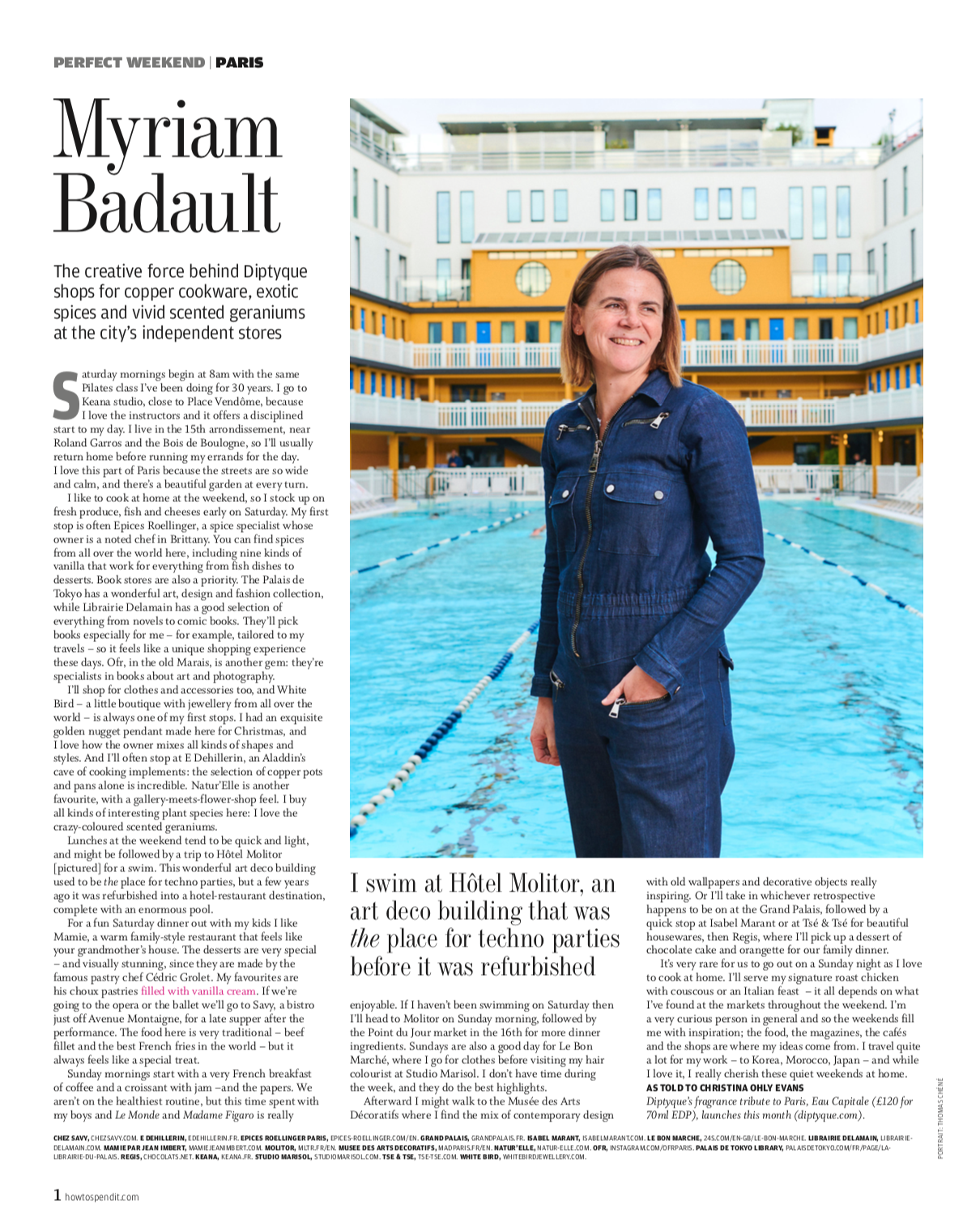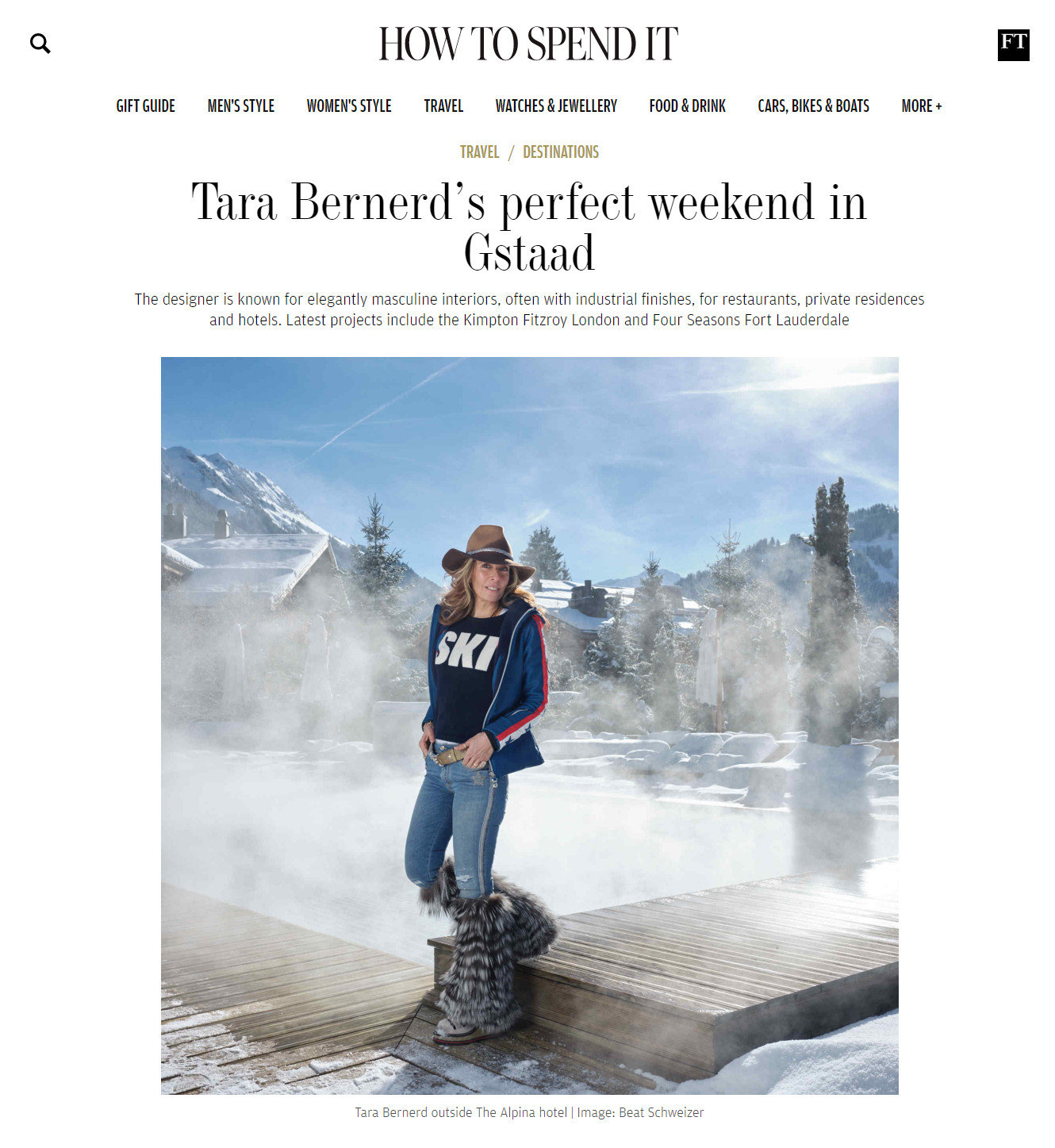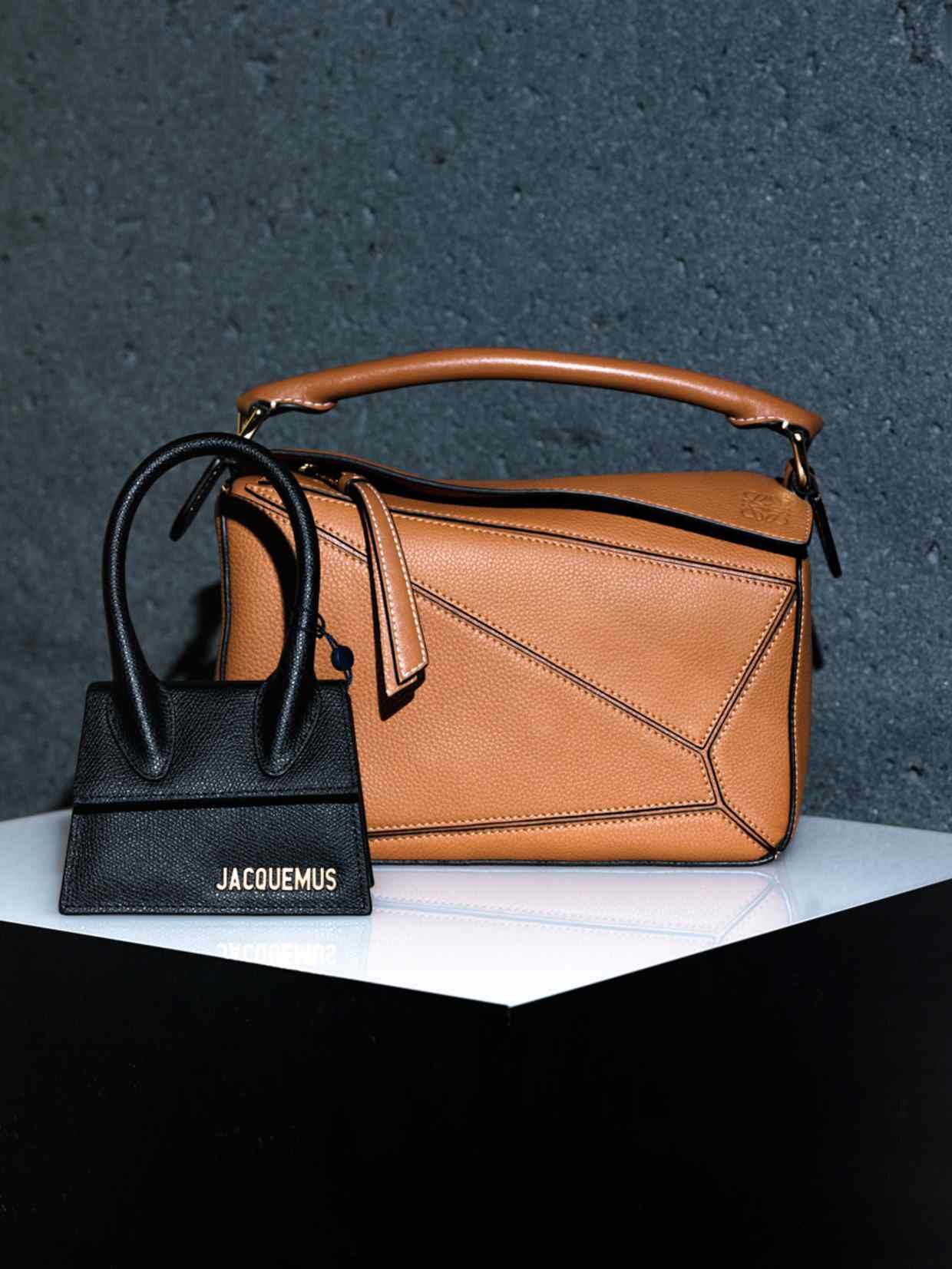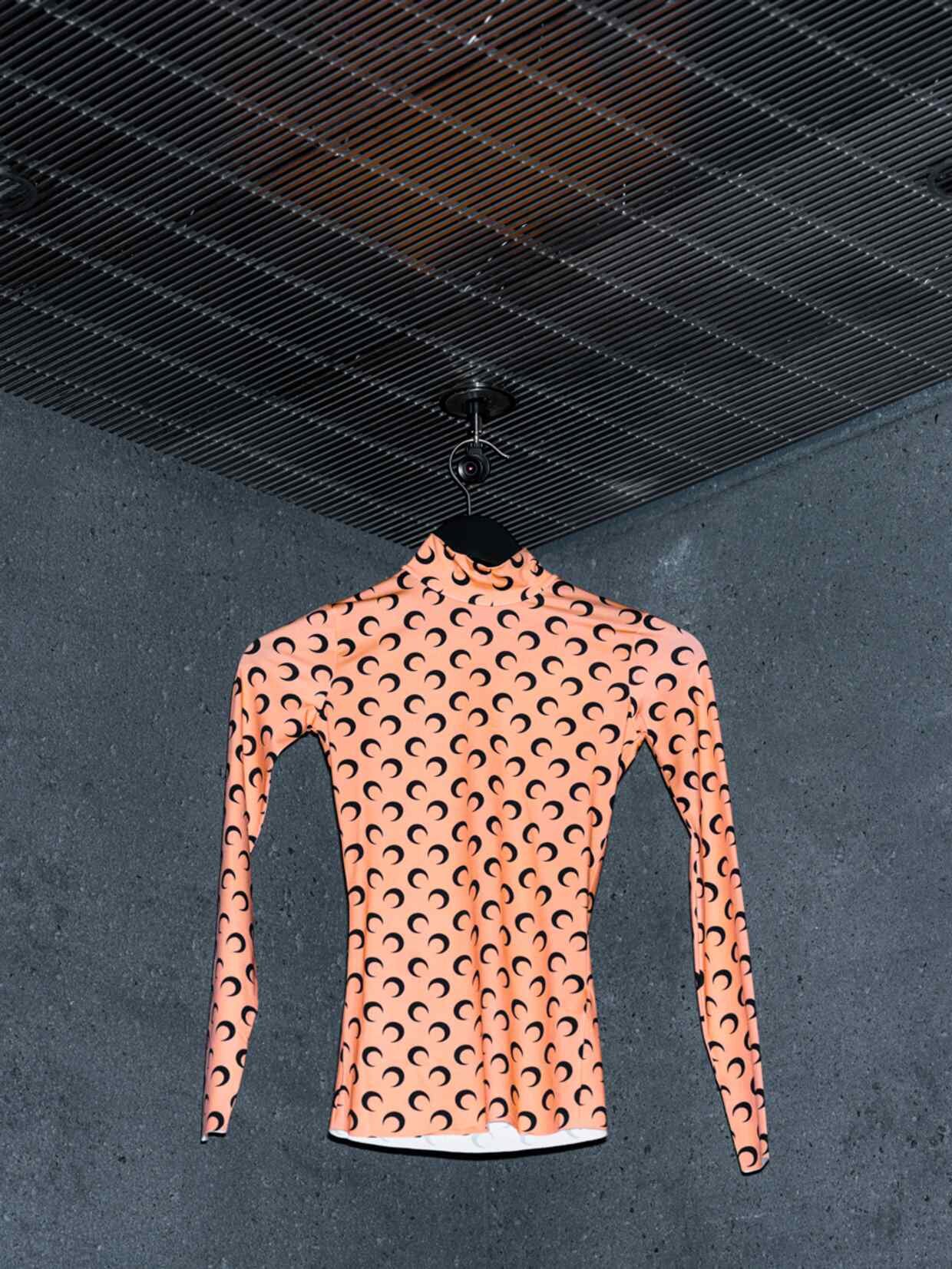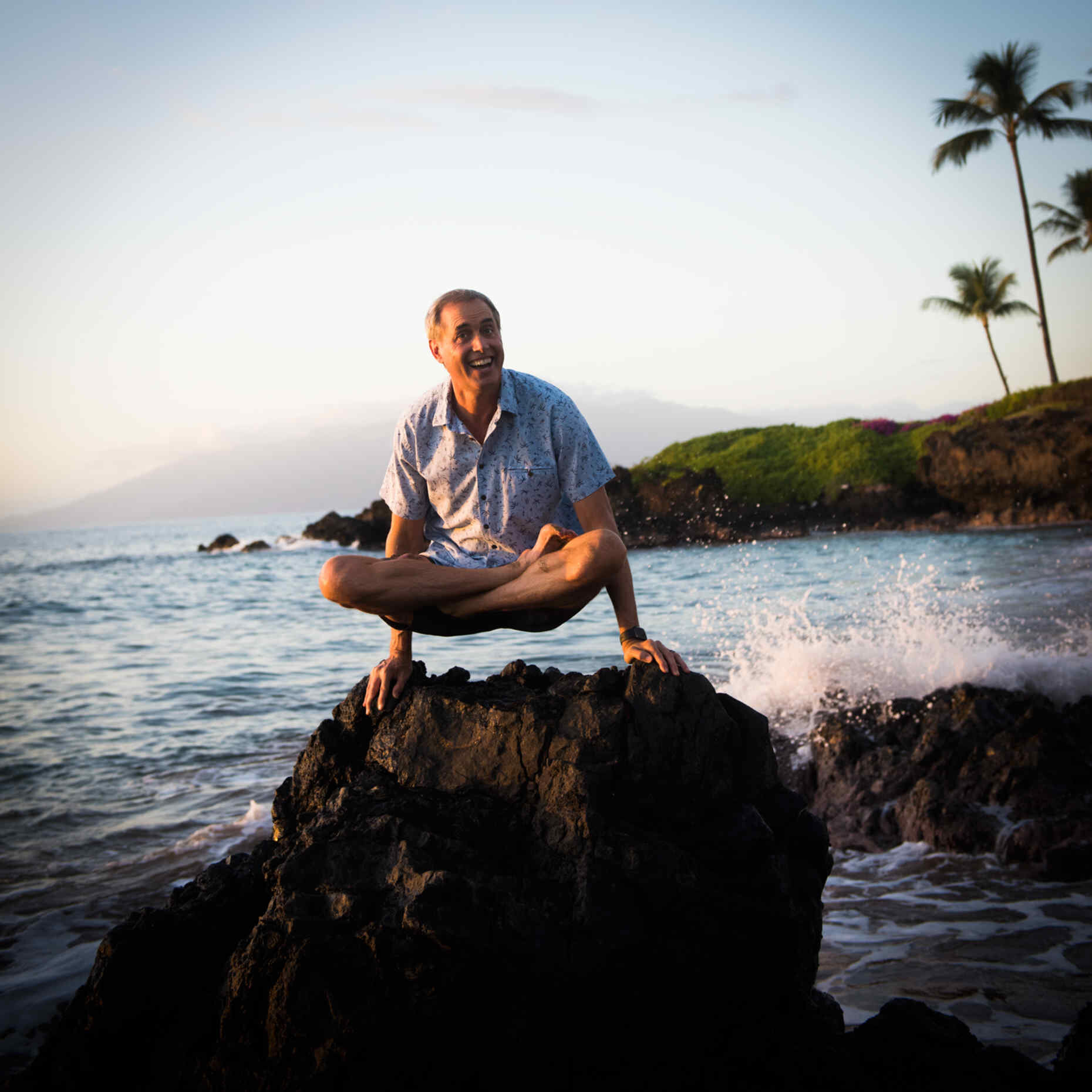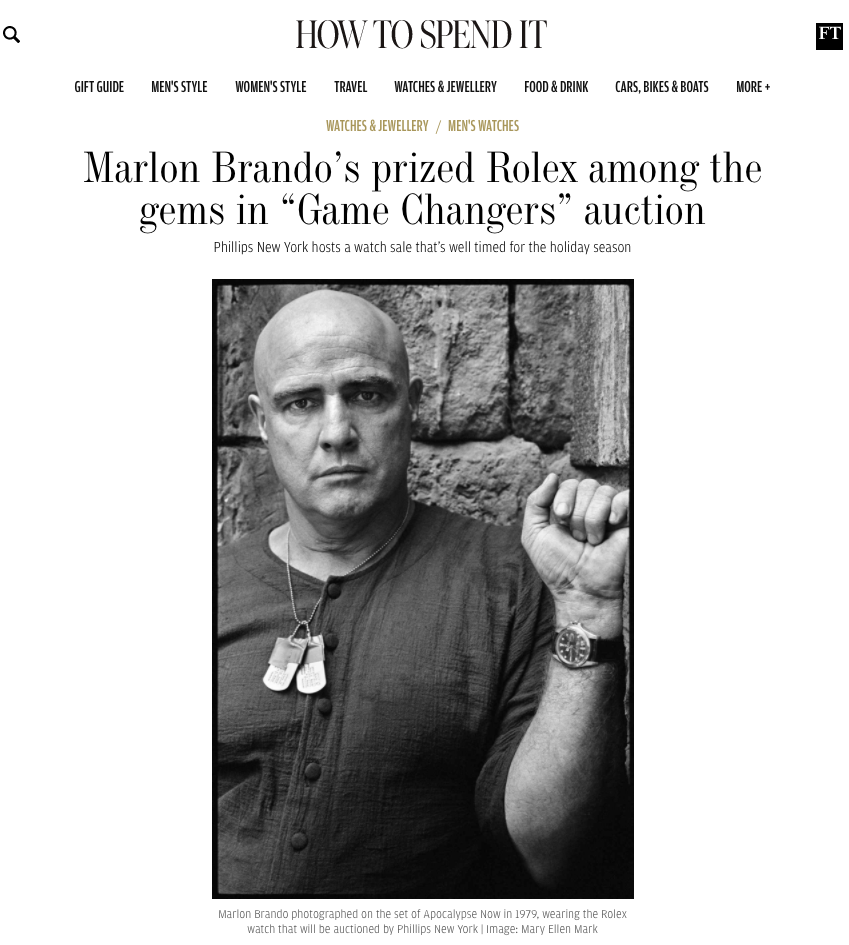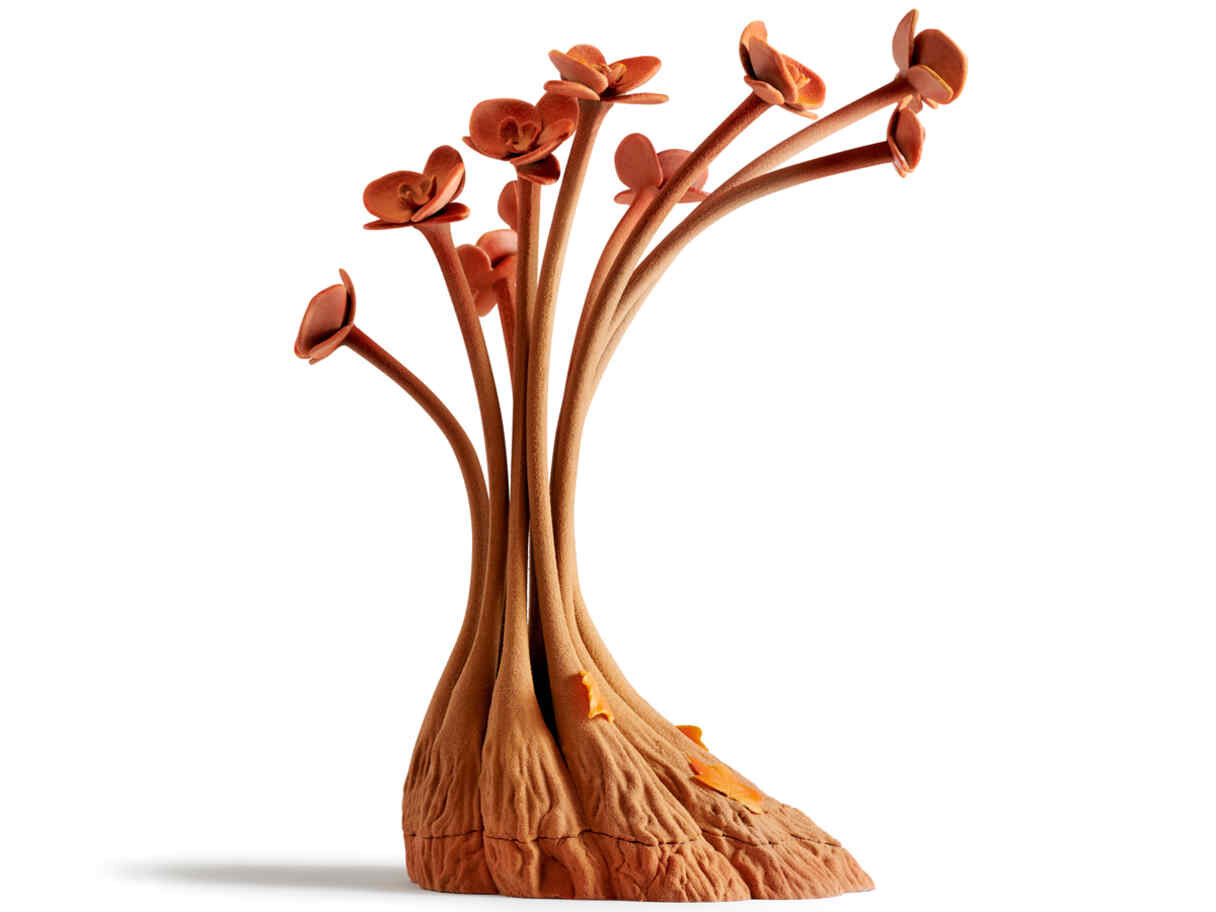Welcome to Napa 2.0 — The New Provence
Welcome to Napa 2.0 — The New Provence
If your dreams of spending the summer in the Mediterranean feel a little too complicated this year, look to Napa, which is fast becoming the New Provence. Contributing editor Christina Ohly has a look at the area's best new offerings.
If your dreams of spending the summer in the Mediterranean feel a little too complicated this year, look to Napa, which is fast becoming the New Provence. Contributing editor Christina Ohly has a look at the area's best new offerings.
The pool at Solage. Photo courtesy of Solage, Auberge Resorts Collection.
NAPA VALLEY — Napa Valley — long an escape for oenophiles and foodies alike — is coming back from a year like no other. Between pandemic shut-downs and devastating wildfires, the area literally got its ass kicked. But in a triumph of human resilience as well as natural regrowth, this part of California’s wine country has come back, and it’s better than ever.
I hadn’t traveled at all during the pandemic and decided that this part of the country — with its easy access from San Francisco International Airport — was perfect for my first foray back into a world outside my Northeast comfort zone. What I found was an area marred (in places) by the Glass Fire, but one that has bounced back to set visitors at ease, provide delicious meals and spa experiences, and access to some of the finest vineyards in the world. Add to that sumptuous new hotel rooms, farm-fresh cuisine, and scenic hikes and biking, and the 30-mile stretch that is Napa Valley is looking like a fail-safe bet for summer.
For many, the allure of the Med will remain irresistible, but for others still anxious about travel, a comparable experience in Napa Valley — with zero hassle! — will more than make up for the missed aperitivo. And take heart! Competitive bocce abounds here as well.
All things considered, we're calling Napa the New Provence.
Oxbow Public Market. Photo by Pavia Rosati.
First Stop: Napa
The “city” of Napa doesn’t typically get a lot of love, as people tend to bypass it for the quainter towns of Calistoga, St. Helena, and Yountville. But it’s absolutely worth stopping for at least a day. Oxbow Public Market, brimming with everything from wood-fired pizzas to local cheeses, ice cream, and olive oil, to spices from around the globe, is a gastronome’s true north.
Next door to Oxbow is CIA at Copia, the Culinary Institute of America’s newest campus, which offers hands-on cooking classes, boot camps, and private lessons, many in partnership with America’s Test Kitchen. If you’d rather let the pros cook, have a meal at The Grove at Copia, where the meal is locally inspired (of course). For a truly highbrow meal, Le Petit Chef is a 3D dining experience inspired by Marco Polo’s travels along the Silk Road. Another must for curious foodies is The Chuck Williams Culinary Arts Museum on the top floor, which displays the mind-blowingly extensive collection of more than 4,000 kitchen tools, accessories, and serving ware pieces amassed by the Williams-Sonoma founder. (Le Petit Chef and the museum are currently closed, but will reopen.)
A terrific addition to the lodging scene in downtown Napa is R-INN, a converted historic building reimagined as a sleek boutique hotel. I recommend one of the independently-owned property’s five spacious loft suites, complete with 20’ ceilings, poured concrete floors, and vibrant artwork. This being northern California, the WiFi, enormous flatscreen TVs, Bluetooth speaker system — and even the coffee maker — are all state of the art, and the setting is perfect for those dwindling work from home days.
Auberge du Soleil at twilight. Photo courtesy of Auberge du Soleil, Auberge Resorts Collection.
The spa at Auberge du Soleil. Photo courtesy of Auberge du Soleil, Auberge Resorts Collection.
Chilling at Auberge du Soleil. Photo by Christina Ohly.
Heading North: Yountville & Rutherford
Long considered the culinary capital of Napa Valley, the town hangs onto the title with its many Michelin starred establishments — World’s Best chart-topper French Laundry, Mustards Grill, and Bistro Jeanty among them — but it was Ad Hoc that stole my heart during my brief visit. The casual branch of chef Thomas Keller’s empire, Ad Hoc serves killer (yet elevated, of course) mac ‘n’ cheese and buckets of fried chicken — with wine pairings — that make for a perfect picnic in the gorgeous surroundings.
Moving northward, Auberge du Soleil in Rutherford still reigns as the grande dame of the hotel scene out here. This was my first post-vaccination hotel stay, and it proved a completely luxurious, restorative escape. Our airy, 1,200-square-foot Valley View suite, with its sprawling terrace overlooking olive groves and the Myacamas Mountains beyond, was perfect for my teenage daughter and I to spread out and work/online school. The 50 rooms and suites have been recently refreshed and a neutral palette pervades, with crisp linens and thick, fluffy robes. (Oh, how I've missed such lovely hotel amenities.) Fully stocked refrigerators, a next-level team of estheticians at the tranquil spa, and a perfectly prepared cheeseburger served poolside were among the highlights of our stay.
Also of note is the gym, which features indoor and outdoor equipment to maximize valley views. After a 30-minute workout followed by iced tea at the redesigned pool area (think Il Pelicano meets St. Barths, with flowy canvas and stripy chaise lounges), I felt as though I’d been to Provence for two days. What enhanced my stay were the excellent team of concierges who arranged for our use of Auberge’s fleet of Mercedes — SUVs and Cali-perfect convertibles — and pointed us in the direction of restaurants like Press in nearby St. Helena and the iconic Oakville Grocery for prosciutto and brie sandwiches for the road. The loaner vehicles also enabled us to discover Carter and Co, my favorite new retail gem that specializes in artisan-produced everything in St. Helena. Come here to meet owner/artist Richard Carter and see his exquisite ceramics, along with a carefully curated selection of housewares, sustainably made deerskin jackets, local honeys, olive oil, and more.
The pool at Solage. Photo courtesy of Solage, Auberge Resorts Collection.
A guest room at Solage. Photo courtesy of Solage, Auberge Resorts Collection.
Next Up: Calistoga
I have to admit, I didn’t want to leave Auberge at all, but the blow was softened by moving on to Auberge Resorts’ sister property Solage in nearby Calistoga. The hotel isn’t brand new, but everything (suites and studios included) has been refreshed over the past six months — the Covid safety protocols, the patio dining at Solbar (loved the twinkling lights), and the retro bicycles outside every room which made exploring downtown Calistoga a breeze. Any day now, Solage’s latest culinary offering, Picobar, will offer modern Mexican fare with atmospheric firepits and live music.
The feeling at Solage is sleek and contemporary (white pervades and rooms are minimalist chic), and it’s all just a bit more casual than at Auberge. I was there mid-week and there were no kids, but I can imagine the hotel’s enormous central pool (with swimming lessons) is a big draw for families at weekends. The team has, however, figured it out so that you never have to see anyone. Quiet places abound throughout the Bathhouse spa and geothermal soaking pools area. Overall, I felt as though I’d been transported to a Zen place with just the right amount of activity. In addition to the plunge pools (ranging from icily invigorating to seriously hot), I highly recommend a three-part, detoxifying mud bath. Calistoga has long been known for these curative slatherings (and I must admit, I wasn’t a buyer at first) and Solage’s “mud bar” was fantastic: I could feel the toxins from the last fifteen months leaving my body. (I won’t miss them!) Next time, I am going back for The Starlight spa experience where you soak and sip outside under the stars, after everyone else has gone.
The pool (and the view) at Indian Springs. Photo courtesy of Indian Springs Resort and Spa.
The entrance to the spa at Indian Springs. Photo by Christina Ohly.
Also of note is Indian Springs Resort and Spa just around the corner from Solage. A historic resort with a jaw-dropping Olympic-sized pool, Indian Springs is something a cult classic, with its Mission Revival main building (Fun fact: It was originally intended as the site of Stanford University) and sweet bungalows and cottages that attract families and couples alike. The mud bath here is especially low-fi and effective. Funky and fabulous (it has a Buddha Pond!), this is one for spa-goers looking for a slightly kitschy touch — and a meal at the buzzy-chic Sam’s Social Club, where breakfasts include a salad of maitake mushrooms, kale, poached egg, and farro in a shallot vinaigrette. This is, after all, NorCal.
In other Calistoga news, the Four Seasons Resort and Residences Napa Valley, located literally across the road from Solage, is set for a late summer opening. Its 85 spacious guest rooms will bring more farmhouse chic to an area already in very high demand.
Alila Napa Valley. Photo by Christina Ohly.
The best meal of the trip at Acacia House. Photos by Christina Ohly.
The vineyard views from the room at Alila Napa Valley. Photo courtesy of Alila Napa Valley
More Spectacular Settings
One of the best area openings/re-launches is the Alila Napa Valley in St. Helena, which originally opened in 2017 as Las Alcobas, the sister hotel to the fantastic boutique hotel of the same name in Mexico City. The re-imagined property with 68 guest rooms and seven suites offers the ultimate mix of historic and contemporary luxury. The original Acacia House built in 1905 now has six guest room and a restaurant by noted chef San Francisco Chris Consentino. The single most memorable meal I ate during this trip was at Acacia House: a “simple” chicken salad and a club sandwich with fries, the best we’d ever tasted. Anywhere. The rooms, by noted hotel design firm Yabu Pushelberg, retain a sleek vibe, with lots of glass, metal and stone finishes, and sweeping views of the vineyard in the backyard. The new Alila Spa is set in a light-filled barn, and daily yoga classes and TRX fitness equipment are all part of the package.
Slightly further afield — and technically in Sonoma County but so worth a detour — is the stunning new Montage Healdsburg, with 130 Bungalow rooms and 34 spacious suites. The basic room category starts at 600 square feet, with a three-bedroom Guest House stretching to 4,600 square feet, complete with three bedrooms, a fully stocked kitchen, and a hot tub.
Dining outdoors at Montage Healdsburg. Photo by Christian Horan / courtesy of Montage Healdsburg.
Hazel Hill restaurant. Photo by Christian Horan / courtesy of Montage Healdsburg.
A guest house at Montage Healdsburg. Photo by Christian Horan / courtesy of Montage Healdsburg.
You get the feeling that no expense has been spared. Warm wood and natural stone finishes are found throughout, as are fire features and a stunning, infinity-edge, adults-only pool. Of special note is the expansive spa with views of the Alexander Valley, Yoga Among the Vines classes, and special treatments like a Harvest Honey Ginger Infusion Ritual (for moisturizing and immunity boosting) and a California Wildflower Ritual that includes healing poultices and vibrational technology. The next-level fitness center full of TechnoGym equipment and Peloton bikes is ideal for peaceful workout, so between the spa and gym, plan to spend a full day here if you are a remotely sporty fitness type.
And the food! Montage Healdsburg options include Hazel Hill, which serves a fusion of French and Northern California cuisines and a seasonal vegan menu. The wine list is world-class, with many bottles from Aperture Cellars, the renown winery next door. Convivial Scout Bar at the heart of the resort is the spot for casual drinks and a menu that ranges from caviar to double-patty burgers. An on-site grab-and-go market, the Healdsburg Country Store, offers frothy cappuccinos, wraps, and chocolate fudge brownies. Just one more reason to never leave this gorgeous landscape.
Looking Ahead to Autumn
One of the fall’s most anticipated openings is Stanly Ranch, a 712-year-old historic property poised to open in November ten minutes from the town of Napa, with 135 cottage suites and its own vineyard. Like the other neighboring Auberge Resorts Collection properties, Stanly Ranch will focus on a world-class spa and farm-to-fork cuisine led by chef Perfecte Rocher, with much of the produce coming from the surrounding land. A grand pool with an adjacent Basin Bar will be the place for evening snacks and wine tastings, while The Larder will be the breakfast, lunch, and dinner hub.
For hefty doses of lavender and a practically Provençal experience, you’ll want to book now. The only downside to visiting Napa Valley (that I can see) is that rooms are becoming increasingly hard to come by. Which may not be surprising, as this hardly undiscovered special, vibrant part of California only gets more special and vibrant with time.
Fabien Cousteau: ‘To breathe underwater like a fish would be incredible’
The aquanaut grandson of Jacques wishes he had gill implants, restores old Nortons – and listens to The Clash
The aquanaut grandson of Jacques wishes he had gill implants, restores old Nortons – and listens to The Clash
Marina Abramović: ‘I asked Richard Branson for a one-way ticket to outer space’
The 73-year-old artist, filmmaker and philanthropist wears black and loves white walls, white paper and white chocolate
The Beach Cures Everything at This Rhode Island Inn
Weekapaug Inn
Weekapaug, Rhode Island
Understated New England elegance, $$$
I first visited the Weekapaug Inn over 30 years ago for a family reunion, and I'm pleased to report that not much — or at least none of the great parts — has changed in the slightest. Founded in 1899 in traditional Cape Cod style, the quaint inn was refurbished between 2007 and 2012, and the results are a perfect mix of low-key chic and authentic coastal charm, which have earned the inn accolades like “Best Hotels in the World” (Travel + Leisure) and “Most Charming Hotels” (Reader's Digest).
Set on the Atlantic Coast overlooking a serene salt pond and a barrier beach beyond, the Inn is an ideal escape for Covid-centric times. The property is surrounded by water, natural rock formations, and an expansive lawn that allows for complete social distancing, and the management seems to have thought of every possible safety protocol. Staff wear tasteful masks in keeping with the Inn's New England aesthetic, everything is religiously wiped down (even by the valet!), and space and fresh air are in ample supply. Read more about their safety protocols here. Guests don't need to fret about every interaction here, and can, instead, can focus on eco-explorations, long beach walks, or simply tucking into a good book from the comfort of an Adirondack chair.
Book It
Rates start at $365. Click here for reservations. Or contact the Fathom Concierge and we can book your trip for you.
At a Glance
The Vibe: Cape Cod kicked up ten notches. The cedar-shingled hotel — as well as its understated pool and fitness facility — meld seamlessly into the rugged coastal surroundings
Standout Details: The sweeping views of Quonochontaug Pond peppered with Optimist sailboats. Rides on the Quonnie Queen, the inn's electric Elco boat that can be arranged at the quaint water sports shack. Guided walks with the Inn's naturalist. Stargazing tours, fishing excursions, and swimming in the heated saline pool (a rarity in this part of the world) are all relaxing highlights.
This Place Is Perfect For: Outdoorsy couples and environmentalists of all ages who want to kayak, cycle, and swim in the Atlantic surf before savoring locally sourced, world-class cuisine. It's also perfect for families whose kids can sail, make jewelry, play shuffleboard, and devour s'mores around a fire pit come nightfall.
The living room of the Osprey Suite.
Rooms: The hotel has 31 guest rooms, including four two-bedroom Signature Suites with sweeping views of the Weekapaug Yacht Club's harbor and the Atlantic Ocean across to Block Island. Pond and cove view rooms are spacious and quietly elegant. with Matouk linens in neutral shades and a light, nautical design theme throughout. Extras include individually packaged snacks like malted milk balls and Goldfish crackers — in other words, the things you crave after a day in the sun and salt — as well heated floors and towel racks. SmartTouch iPads, and TVs are concessions 21st-century living, and one of the few things that has changed since the renovation.
On Site: The Inn is a wholly contained little world. The saline pool and fitness center are generally empty, as guests are busy exploring the outdoors. Small fitness classes and yoga at dawn are available, as are multiple dining venues (see below for more details).
The nature-inclined (isn't that everyone lately?) should get to know Mark Bullinger, the hotel's resident Naturalist and Director of Recreation, who grew up sailing, clamming, and fishing around here, as is clear from his extensive knowledge of the area, which will illuminate beach walks and expeditions on bike or boat, as well as bird-watching and stargazing sessions. Captain Mark (he has a U.S. Coast Guard captain's license) also oversees the boating center and waterfront activities: kayaking, paddleboarding, and sailing. If you're sticking to land and don't want to pack gear to go hiking around, the hotel has a closet full of Hunter outdoor gear for guest use.
The Restaurant.
The Brasserie.
The Pondhouse.
The Pondhouse.
Food + Drink: Like its sister hotel down the road, Ocean House, Weekapaug Inn is a Relais & Châteaux hotel, which means the culinary program is a big reason why you're here. The Restaurant, the hotel's premiere dining venue, serves a modern take on New England coastal cuisine, with an emphasis on local ingredients: Cast Iron Baked Eggs for breakfast; New England Clam Chowder, Fish Burger, and Hot Lobster Roll for lunch. The dinner menu is divided by source: From the Pantry, From the Mill, From the Sea, From the Pasture, and From the Coop. Sunday is Family Pasta Night at The Restaurant. The culinary highlights are many, but grilled local peaches with housemade burrata, a local black bass aqua pazza, and a lobster salad that's enhanced by a minted pea emulsion and preserved Meyer lemon are not to be missed.
The Brasserie, which opened in February 2019, serves French and European dishes in a casual setting: steak tartare, duck confit, ratatouille. The Garden Room is the most relaxed, lounge-like option for drinks and the kinds of bar snacks that could easily make a stick-to-the-ribs comfort meal — fries, a Northeast Family Farms burger, and an artisanal cheese plate that celebrates local purveyors.
Weekapaug has two seasonal options, one casual and one fancy. The beachy Bathhouse serves delicious pizzas and burgers. This is where guests can permanently park it by the water's edge.The Pondhouse is a seasonal, open-air private brunch and dinner experience for up to four guests overlooking Quonochontaug Pond. The three-course menu includes ingredients from the pond (Quonnie Rock oysters, Narragansett lobster), the pasture (local Berkshire pork), and the fields (wild mushrooms, local goat cheese). Each course comes paired with a Champagne from Louis Roederer, an independent, family-run Champagne houses founded in 1776. A portion of proceeds is donated to the Ocean House Fund for Charitable Giving.
What to Do Nearby
Guests who want to explore the area should take one of the hotel's complimentary Volvos and head 15 minutes down the coast to bucolic town of Watch Hill. (The non-highway route down Atlantic Avenue offers a more scenic drive, offering local color and a side of fried Stonington sea scallops.) Once there, all the amenities and activities at Ocean House — including the amazing Oh! Spa for massages and games of squash, a legit croquet lawn, multiple restaurants overlooking the dramatic Atlantic surf, and Euro-inspired beach cabanas — are on offer.
The town of Watch Hill is full of New England charm. From the old-world Flying Horse Carousel to the homemade black raspberry ice cream at St. Clair Annex on bustling Bay Street, a stroll here feels like summer as it should be. T-shirt shops and more elevated boutiques such as KLW Design and JHuhn Custom Men's Clothing offer housewares and a range of coastal-themed gifts and looks.
Heading north from Weekapaug Inn, Dave's Coffee draws the caffeine faithful, while the Matunuck Oyster Bar in South Kingstown has the best littlenecks and cherry stone clams, as well as oysters from nearby Potter Pond. This spot is so popular that you will wait — just plan to settle in with a Narragansett lager and do some fantastic people watching on their expansive deck. If you're in need of retail therapy, head to Galapagos Boutique for its funky mix of shoes, accessories, and carefully edited clothing. Though really, you should just get back to the beach and savor every moment at the Inn.
For more fun in Rhode Island, visit Ocean House, the grand dame hotel on the beach, then eat and drink your way down the Atlantic at the state's best eateries.
The Cause: super-chef Dan Barber’s mission to save small farms
Thirty per cent of small farms in the US fear bankruptcy as a result of Covid-19. Can a kitchen farming project protect them?
Bright orange persimmon and Green Zebra tomatoes. Red-hot Jedi jalapeno, mild Cornicabra and sweet Serrano peppers. Such are the bursting-with-colour-and-flavour contents of three mini kitchen gardens in Tarrytown, New York. All have been planted by junior cooks furloughed in the wake of Covid-19 by super-chef Dan Barber, proprietor of the award-winning Blue Hill restaurants in Greenwich Village and Westchester County.
Blue Hill at Stone Barns Farm | Image: Alice Gao
The trio were guinea pigs for the sustainability advocate’s lockdown-inspired grow-your-own initiative: resourcED. “When the restaurants closed in March, we surveyed 500 small farms across the US and 30 per cent said they were in jeopardy of bankruptcy due to reduced demand, as well as from the social-distancing measures that were put in place at farmer’s markets,” says Barber. Packaging and delivering enough individual farm boxes to match lost restaurant bulk orders proved impossible for many small farms during peak harvest.
Barber’s reaction was not only to set up a farm-box shop from his closed restaurant, but also to approach Jack Algiere of Stone Barns Farm (the location of one Blue Hill restaurant) to “see if he’d be game to have some of our cooks return and grow their own gardens”. The aim was to kickstart a worldwide educational initiative teaching young chefs (and the broader cooking-enthusiast community) about the importance of small-batch, rotational growing, to raise the profile of small farms and to support the independent food movement throughout the pandemic – and beyond. Algiere donated three pristine pieces of ground, and wrote a “recipe for a basic kitchen garden in a language that spoke to food lovers,” says Barber. And a truly grass-roots Kitchen Farming Project was born.
Jack Algiere of Stone Barns Farm wrote a “recipe” for a kitchen garden | Image: Adam Lupsha
Having launched on 11 May with just 50 gardens, the project grew to 2,800 across five continents and 66 countries in just three weeks. Now there are more than 3,200 participants, with a post-solstice recipe introduced to encourage the later planting of cabbage, kale, fennel, beet, coriander, Swiss chard and sunflowers. Barber’s starry roster of early supporters – Alain Ducasse, Daniel Humm and Yotam Ottolenghi among them – have added momentum to the social movement. “We now have chef-farmers in Slovenia and São Paulo, Australia, Japan and the UK,” says Barber. “I don’t even know chefs in Uganda or Greece, but gardens have popped up there as well, all by word of mouth.”
The Blue Hill cooks plant out seedlings
The garden “recipe” is simple: a 12 x 15 plot is divided into six suggested families of vegetables, each rotated over approximately a six-month period – and each chosen according to personal taste and individual location. But the common thread is a celebration of small farming, and the importance of diversity.
The Blue Hill team in their garden | Image: Adam Lupsha
“This doesn’t mean just diversity of flavours or textures, but also of planting and timing,” says Barber. “Diversity is at the heart of everything healthy – every ecosystem and environment. You can’t flood your menu with just brassicas or night shades, and so [growing vegetables] becomes a lesson for cooks to see the restrictions and pleasure the seasons impose on them. This isn’t just about building a garden, but building a strong one that can produce 1,000lbs of vegetables before it’s done.”
A Kitchen Farming Project in Kyoto
“Small farms are key. It would be an environmental disaster if the legacy of this epidemic was farming on an even more industrial scale,” says Yotam Ottolenghi, whose chefs are currently tilling, planting and harvesting everything from broad beans to sorrel – with “tomatoes on the way” – in the north London garden.
“I don’t know what the future holds,” says Barber. “But building your own kitchen garden helps to create a consciousness around food waste and space, and this moment exposes just how ludicrous it is to assume waste when the resources are so clearly threatened.”
“We hope this becomes a network that catalyses local and regional change,” adds Algiere, who is one of the farmers providing one-on-one gardening consultation for those emailing from all over the world. “We’re learning from nature and from each other’s practices, and at the end of the day, people understand why small farmers are so important to our food system.”
For now, a global corps of chefs and food lovers are planting and harvesting in the hope of supplying their own restaurants and home kitchens – as well as soup kitchens and schools – with their bounty.And those without a green space or green fingers can buy a food box (10 for $150) to donate to families in need.“This is a passionate group of social-change makers,” says Algiere. “Building a garden only takes one person. Growing something is a proactive step.”
The Aesthete: Oliver Reichert’s black book of style
The CEO of Birkenstock finds an escape in cello music, model boats and walking in the Bavarian woods. By Christina Ohly Evans
The CEO of Birkenstock finds an escape in cello music, model boats and walking in the Bavarian woods. By Christina Ohly Evans
My personal style signifier is a pair of perfectly broken-in black Birkenstocks, worn without socks, all year round. I wear a shearling version of the Arizona [sandal] in winter, and the Mayari style in summer. I have a pair of Arizonas that are almost 20 years old. The cork footbeds have seen many miles; they are full of memories. I own 120 pairs of Birkenstocks, but these are the most special. I’m a former American football player, which requires a lot of body mass, so I like to keep my clothing – mostly jeans, T-shirts and sweaters – simple and comfortable.
The last things I bought and loved were two grey shearling leather jackets from Frauenschuh, in Kitzbühel. I collect shearling jackets and have different weights for every season. I usually can’t buy clothes off the rack because of my size, but in Austria they tend to stock things for bigger men. Whenever I find things that fit, I buy multiples.
Reichert’s vintage handmade model boats – souvenirs from St Malo | Image: Marc Krause
My perfect soundtrack when I’m on the move would have to include Yo-Yo Ma and Ludovico Einaudi. The balance of Yo-Yo Ma’s cello and Einaudi’s piano help me tune out.
The last item of clothing I added to my wardrobe was an old-school, dark-green rain poncho from Holland & Holland. It’s very practical; I think it’s also one of the Queen’s favourites. £890
An unforgettable place I’ve travelled to in the past year is Lindsay Castle in Knysna, South Africa. It’s set on the white-sand Noetzie Beach, and the rough Indian Ocean and the light are very dramatic. It’s very understated as castles go, but it was hand-built, stone by stone, and every beam was chosen by hand. It isn’t “luxury” in the traditional sense, but I think of it as an eagle’s nest – just a very relaxing and special place. noetziecastles.co.za
And the best souvenirs I’ve brought home are handmade model boats from a marine-antiques specialist in St Malo: shipbuilder or dockyard models from 1880s England and some made in Scotland in the 1930s. They sit in my home office, but I take them out on occasion and use them for pond sailing with my kids.
One of his two shearling leather jackets by Frauenschuh | Image: Marc Krause
The one artist whose work I would collect if I could is Joseph Beuys. He was one of the first people to mix art and commerce in an honest way. I’d particularly like his Continuum chalk-on-blackboard work, Capri Battery and the felt and steel Samurai Sword. He took ordinary products and branded them intelligently.
The thing I’m eyeing next is a pair of handcrafted boots from Schuh-Bertl, in Munich. These Tricouni-style leather boots will be perfect for walking my dogs in the woods. €480
A corner of Reichert’s studio | Image: Marc Krause
The best book I’ve read in the past year is The Film Club: No Work. No School… Just Three Films a Week by David Gilmour. It’s about a teenage boy whose parents have recently divorced and he asks to drop out of school. His father lets him, with the provision that they watch movies – of his choosing – together each week. They end up talking about everything from work to popular music, and it really touched me as a parent.
The site that inspires me is the land surrounding my home in Bavaria, about 60 miles north of Munich. This part of the world centres me – the forests, the grasslands, the lakes and the farms represent total freedom.
Reichert always takes his Sony NW-WM1Z high-res audio player on his travels | Image: Marc Krause
The place I’m yearning to visit again is Benirrás beach in the north of Ibiza. When I have free time I never want to travel for 10 hours. I find the crystal-clear water and the relaxed island vibe here to be perfect. It’s just easy, and with four kids from five to 11 years old, that’s what I’m looking for.
When I travel, I’m never without a two-to-three-day supply of underwear, T-shirts, Hermès scarves and my Sony NW-WM1Z high-res audio player: it has the purest sound and completely relaxes me.
Last music downloaded: Homeland by French-Moroccan singer Hindi Zahra
The place that keeps drawing me back is Africa. It’s the mother of the human being, and I’m continually entranced by the colours, the nature and the earth. Its biorhythms match my own. I worked as a correspondent here for several years, so I feel very tied to the land and the people.
The last music I downloaded was Homeland by the French-Moroccan singer Hindi Zahra. I first heard her soul mix on the then-underground Austrian radio station FM4, and I find the subtle guitar and the melody very relaxing.
If I had to limit my shopping to one neighbourhood in one city, I’d choose the 1st arrondissement in Paris. You can’t beat it for the diversity and the density of excellent shops, from multi-brand stores to antiques shops and galleries – I am constantly surprised. One of the best is the concept store L’Eclaireur, which has a unique mix of clothing, furniture and ceramics. Our Birkenstock 1774 showroom dedicated to special collaborations and projects is also here, near the Hermès flagship.
If I weren’t doing what I do, I would be a farmer focused on producing high-quality food on a large scale. I’d love to grow all kinds of vegetables and raise well-treated animals, like farmers did 150 years ago. I like going with the seasons and think this might be better than running a business in a big city.
An object I would never part with is my wedding ring as it’s the ultimate bond to my family. It’s a simple, thick gold band that’s oversized and proportional to me. It’s definitely unique.
I was pleasantly surprised by Venice Beach, California. The community, the shops, the restaurants and the light are all wonderful. Everyone seems to be relaxed and balanced there, and I felt as if I’d known the people I met for 20 years. For Europeans, the greenwashing might be a bit much, but I think the energy is outstanding.
I had a memorable meal at Elements Ibiza Beach Club. It draws a very international but low-key crowd and the setting is just perfect. It’s a simple spot, where the tables are on a wooden deck on the sand and the kitchen serves the freshest seafood – grilled calamari and prawns with salt and lime vinaigrette – all with delicious olive oil.
For a sense of escape, I like watching movies on aeroplanes – but I often spend that time looking at pictures of my family, which I find energising.
The last hotel that blew me away was Claridge’s – as always. I’ve been everywhere, but this place is the best. Every single person who works there has an emotional intelligence that’s rare these days; they’re just so professional and kind, whether I’m travelling for business or with my family. The Fumoir is the best hotel bar too: excellent cocktails, with an old-world atmosphere.
The travel philosophy I live by is less is more. Less time spent on the road, carry less baggage and take a streamlined approach to meetings. It’s important to separate “urgent” matters from what really counts.
Oliver Reichert on cello music, model boats and the Bavarian woods
How the CEO of Birkenstock escapes from the world
The Aesthete: Lindsey Adelman opens her black book of style
The celebrated sculptural-lighting designer loves Alumnae’s slides, land art and Afrobeats tracks. By Christina Ohly Evans
The celebrated sculptural-lighting designer loves Alumnae’s slides, land art and Afrobeats tracks. By Christina Ohly Evans
My personal style signifiers are my wedding rings: nine very thin, simple gold bands – the tiniest rings you could imagine – each embedded with teeny black and white diamonds. They’re by Satomi Kawakita, an independent designer based in Tribeca and I chose them when I lost my original wedding ring. In terms of clothing, I like modest, classic silhouettes but with a bit of bite, so my go-to designers are Rachel Comey, Maria Cornejo and Rick Owens.
Adelman’s Alumnae snakeskin slides | Image: Nicholas Calcott
The last thing I bought and loved was a kiln by Skutt. It’s a medium-sized, electric commercial model that I use for prototyping light fixtures in our studio. I’m a beginner on it, though someone on my team is super-accomplished, so he uses it to make pieces for our custom chandeliers. My son, Finn, who is 15, taught me how to throw on the wheel, and I’m loving having a new hobby.
In my fridge you’ll always find Stella Artois, because it’s so easy to keep beer fresh and cold for a really long time. Whenever we open a bottle of wine, we never finish it before it spoils. I have zero interest in cooking, so my fridge is filled with things that give me a quick pick-me-up, like Jacques Torres dark chocolate with almonds. Jacques Torres Dark Chocolate Almond Bark, $9, from mrchocolate.com
On Adelman’s wishlist: a Mies Van der Rohe for Knoll coffee table
On my wishlist is a coffee table for my living room. I’ve been looking at the Barcelona coffee table by Mies van der Rohe for Knoll. It’s so elegant. I swap furniture all the time between my Brooklyn home, my showroom and our house in Water Mill – it’s all pretty fluid where pieces end up – and I know this simple chrome and glass design will work equally well in each of these environments. $2,053.
Adelman’s wedding rings by Satomi Kawakita | Image: Nicholas Calcott
My favourite room in my house is our living room in Brooklyn. It’s cosy and creative, and it represents a lot of what matters most to me about family life. I love the ceiling height and the sun that comes through the windows that have no shades. We have a full wall of records, turntables and books, and another wall with candle sconces. There’s a big rug, a Togo sectional by Ligne Roset, a fireplace and a backgammon board for playing with my son – and it all feels perfect throughout the seasons.
The 1970s denim shorts that Adelman found at Mother of Cod, a vintage shop in Nova Scotia | Image: Nicholas Calcott
The design that inspires me is the Integratron in the Mojave Desert in California. It’s a giant wooden dome where you go for relaxing, healing sound baths. The architect – who built it in 1954 – claimed he received the plans from aliens. My sound bath could have been as short as 20 minutes, but it felt like 20 hours, with all of us lying on blankets in a circle and looking up at the ceiling. I was transported somewhere else entirely. The nearby Joshua Tree Natural Park is always a magical place for me too.
Apartamento magazine
The last book I read was The Mars Room by Rachel Kushner. It’s rough, elegant and insightful all at the same time, and the language and the quality of every sentence are masterful. I think she’s one of the best living writers.
Stella Artois – a staple in Adelman’s fridge
The last thing I added to my wardrobe was a pair of snakeskin slides by Alumnae in the West Village. It’s a great store and a great brand. I went in for mules and came out with slides in shades of black, grey and white that work with almost everything. $625.
One of Adelman’s recent reads: The Mars Room by Rachel Kushner
If I weren’t doing what I do, I would be a land artist in the vein of Andy Goldsworthy and James Turrell, completely immersed in nature. I love the idea of making pieces that only look a certain way for a moment in time before nature changes them an hour later.
“I was transported somewhere else entirely”: The Integraton in the Mojave Desert
The last meal that truly impressed me was at a restaurant called Claro, in Brooklyn. I went with my husband for our anniversary and it was delicious. I had an Ultima Bruja cocktail made with Chartreuse and birch lime – it was an incredible electric green. We shared chipotle shrimp tacos with fresh greens and a delicious short-rib and molé dish. The atmosphere is great as well – low-key with a rustic-chic Mexican vibe.
Amaki Jasmine and Rose Nourishing Oil
My style icon is Emmanuelle Alt, editor-in-chief of Vogue Paris. She is so beautiful. French people typically look beyond anything that I can imagine looking like, and she is the epitome of this effortless chic. I love that she wears little jackets and high heels and these slightly masculine pants. She can definitely play with the boys.
Adelman in her dining room | Image: Nicholas Calcott
The grooming products I’m never without include Jasmine and Rose Nourishing Oil by Amaki, which I use for my face, body and hair. I have several of these lovely little bottles with floating rose petals that I use throughout the day. For shampoo, I like Shu Uemura’s Color Lustre for conditioning highlights. Amaki Jasmine and Rose Nourishing Oil, $27.50. Shu Uemura Color Lustre, $49.
Vinyl, books and turntables in Adelman’s living room | Image: Nicholas Calcott
The best gift I’ve received recently is Lisa Taddeo’s Three Women. It focuses on three women who were interviewed extensively about their thoughts on sexuality and desire. It was given to me by a good friend because I think it’s something that we both know is an area of our society that is not written about enough.
The last music I downloaded was by Burna Boy. I love several of his Afrobeats tracks, including Dangote, On the Low and More Life. A woman who works in our shipping department always has her earbuds in and she’s always super-chilled-out, so I asked her what she was listening to and she sent me her playlist. This is amazing music that makes you want to dance, but in a really relaxed, mellow way. When I put Burna Boy on, I can feel the anxiety start melting away.
A recent “find” was Mother of Cod, an incredible vintage shop in Crescent Beach, Nova Scotia. I bought a pair of faded 1970s cut-off denim shorts that had the pockets ripped off, with deep-blue denim hearts handstitched in their place. I think they’re fabulous.
The one artist whose work I would collect if I could would be Yayoi Kusama – her Infinity Nets paintings, in particular. I admire the fact that she did something with her struggles, and made them productive. As a creative person, I find great hope in that.
An unforgettable place I’ve travelled to recently is Bali. I was there for a yoga retreat near Ubud, organised by a group called Oneworld Retreats. It was incredibly authentic and I felt immersed in the Balinese way of life, from the belief systems to the ceremonies. I stayed in one of its stone dwellings that are built into a cliffside – it’s like a terrace in the jungle with little altars everywhere, moss growing on everything and billowing smoke for added effect. I don’t like anything fancy or forced, or the western idea of luxury being imposed on another country, and this place felt like it was coming from a Balinese idea of beauty. Seven-day retreat, from $1,900.
The best souvenir I’ve brought home is a beige linen cocktail napkin from a party at Nilufar gallery in Milan. It came with my drink, before I knew anyone at the party, or had even met the owner, Nina. We are now friends and shortly after the party I started showing my work at her gallery. This napkin always reminds me of an exciting starting point, and it was the opening up of an idea. For me, it stands for potential.
If I had to limit my shopping to one neighbourhood in one city, I’d choose the corner of Howard and Crosby Streets in New York. There’s got to be some kind of vortex right at that spot. At Opening Ceremony, I love the kooky vibe and the clothing edit, including its own label. And I can’t resist the furniture and decorative-design store BDDW. Close by, I find stores such as de Vera every bit as inspirational as any museum in terms of the objects and jewellery, and Michele Varian is an excellent resource for housewares.
The people I rely on for my wellbeing are both in New York: Stephen Thevenot at David Mallett Salon, who has been doing my hair for a very long time, and an acupuncturist named Thomas Droge who specialises in necks and backs. I went to him when I was getting cricks in my neck and they went away after just one appointment. His questions really brought the words out of me – the words I already had in my mouth that I just needed to spit out. I realise now that any blockage in the body is really created by thoughts.
My favourite websites are The New Yorker for opinion pieces, and Apartamento and Pin-Up for art and design. I think Pin-Up is the best magazine on architecture and design out there. I also really love See Saw – an app that highlights art critics’ picks for the best of what’s on. You can also make a list of things you want to see in a particular city and the app makes a map and puts pins in place so you can easily access everything.
The object I would never part with is... nothing at all. I feel strongly about this because I design objects for a living, and nothing material is too precious.
Lindsey Adelman on Alumnae’s slides, land art and Afrobeats tracks
The celebrated sculptural-lighting designer opens her black book of style
The celebrated sculptural-lighting designer opens her black book of style
True blue: Tokyo’s cult shop for indigo style
Christina Ohly Evans visits a unique Daikanyama boutique
Christina Ohly Evans visits a unique Daikanyama boutique
Known as the Brooklyn of Tokyo, Daikanyama is a hipster maze of fashion boutiques, bike shops, micro-breweries and brunch spots. This low-key neighbourhood at the edge of Shibuya is a charming mishmash of concrete structures and glassy storefronts. There’s T-Site’s modernist block of a bookshop, but also traditional wooden buildings such as Kyu Asakura House – a refined relic of the Taisho era that’s now a museum.
A linen-canvas jacket by Blue Blue Japan, Okura’s in-house brand | Image: Yasuyuki Takagi
Copying this old-world style is Okura: a boutique on a quiet Daikanyama backstreet built to resemble a traditional Japanese storehouse, and dedicated to the centuries-old craft of indigo dyeing. Behind well-weathered noren curtains, rustic wooden beams and floorboards provide the perfect setting for a pared-back range of clothing, accessories and decorative objects. “We make items to last a lifetime,” says owner Gen Tarumi, who opened the two-storey shop in 1993. “We adhere to a made-in-Japan ethos. From the dyeing techniques we use, such as bassen and itajime, to the unisex, often modern silhouettes we design, we are proudly Japanese.”
The traditional dye is made from leaves of the Japanese indigo plant, Persicaria tinctoria, fermented in rice wine and wheat bran to create pure tints that range in hue from a saturated navy to aqua to sky-blue. While the bassen technique uses silk-screen printing, itajime is a type of shibori resist-dyeing where the fabric is folded and sandwiched between two pieces of wood to create graphic patterns with negative spaces – used to striking effect on T-shirts and cushions.
Blue Blue Japan silk-knit neckties, about £57 | Image: Yasuyuki Takagi
Such unique garments, infused with character and rich colour, have attracted fans from as far afield as Europe and the US. Leather-goods maker Bill Amberg goes for the “amazing shirts”, while shoemaker Tim Little of Grenson is a fan of in-house brand Blue Blue Japan, which offers pure-indigo-dyed trousers (Y26,000, about £184), as well as Sashiko coveralls (about £276) and jackets (from about £213). “Our brand is based on old farm workwear called noragi, which was mended with cloth from the inside, with the stitching seen on the outside,” says Tarumi.
Blue Blue Japan itajime T-shirt, about £135, and example of silk-chiffon scarf | Image: Yasuyuki Takagi
Haori jackets (about £404) have a similar wabi-sabi look, patchworked from pieces of denim and displayed along the stairwell, while for women dresses and kimono-esque tops graduate through myriad indigo hues. “Indigo gradually fades over time to reveal the beauty of many different shades of blue,” says Tarumi. “It can transfer to the body, but it’s easily removed with soap and water. You might not want to wash it off, however; indigo is known to have antibacterial and insect‑repellent properties.”
The Aesthete: Wes Gordon opens his black book of style
The creative director of Carolina Herrera has a thing for custom Prada, Sebastopol geese and Toblerone, says Christina Ohly Evans. Portraits by Weston Wells
The creative director of Carolina Herrera has a thing for custom Prada, Sebastopol geese and Toblerone, says Christina Ohly Evans.
My personal style signifiers are black jeans, a great knit and colourful socks. The jeans are by Tom Ford, and the socks are varied, but often from Uniqlo. This is my comfortable day-to-day uniform for both work and weekends.
Black Tom Ford jeans are part of Gordon’s day-to-day uniform | Image: Weston Wells
The last thing I bought and loved was an early-1970s green lacquered goatskin table by Aldo Tura. We just redecorated our apartment in New York and the rich malachite colour looks beautiful against the soft pink walls of the hall. 1stdibs.com.
The best gifts I’ve given recently are fresh eggs from our farm. We have 100 chickens in Connecticut and I’ve chosen the breeds by the colour of eggs they lay, from chocolate brown to celadon green to light blue. I box them and give them as presents.
Fresh eggs from his own chickens are one of his favourite gifts | Image: Weston Wells
The best gift I’ve received recently was four Sebastopol geese with beautiful curly plumage, from Martha Stewart. They are aggressive, so they protect our chickens from foxes. We haven’t lost a chicken since she gave them to us.
Martha Stewart recently gave Gordon four Sebastapol geese to keep at his farm | Image: Weston Wells
The last music I downloaded was a bit of a retro situation. I got Alanis Morissette’s Jagged Little Pill and it’s fantastic all over again. Also, Back to Black by Amy Winehouse. That entire album is still as soulful and bold as when it was released.
He has been re-listening to Jagged Little Pill by Alanis Morissette
The artists whose work I would collect if I could include Les Lalanne – I’d take a hippo bar, monkey lamp and some ginkgo chairs any day – and Helen Frankenthaler and Gauguin, for brilliant colour. I recently saw some gorgeous Gauguins at the Norton Simon Museum in LA, and I’m having a real love affair with his work.
An unforgettable place I’ve visited in the past year is Villa Feltrinelli on Lake Garda – a boutique hotel that was the last home of Mussolini. I loved the charm and serenity of the area, and the hotel was idyllic. Our days were filled with sunshine, jumping in the lake, long lunches and afternoons spent reading. The light and the surrounding mountains were just beautiful – a perfect escape. From €1,400.
Colourful table linens brought back from India to mix and match on outdoor tables
And the best souvenirs I’ve brought home are dozens of table linens from across India. I bought them in all colours and patterns, from vibrant whites to block prints in red and orange. They’re perfect for entertaining in the summer; I mix and match them on a long outdoor table.
The best book I’ve read in the past year is The Immortalists by Chloe Benjamin. It’s the story of four siblings who learn their fate from a fortune teller. Since they know the day they will die, each chooses to live a certain way. The one who is told he will die young acts recklessly, while the one who is told she’ll get to be very old lives timidly, raising the question of which is a fuller life.
Gordon’s favourite book of last year, The Immortalists, by Chloe Benjamin
The grooming staple I’m never without in the winter is Pure White Cologne by Creed. For summer, my staple is Virgin Mint from the Carolina Herrera Confidential collection. Confidential Virgin Mint, $159 for 100ml EDT. Pure White Cologne, £350 for 75ml.
Creed Pure White Cologne, £350 for 75ml
An indulgence I’d never forgo is milk chocolate. I like a high-low mix here. Fancy, artisanal chocolate is good, but I also adore classic candy. Toblerone is my favourite.
An object I would never part with is the Patek Philippe Calatrava watch that my husband proposed to me with. It’s simple and clean-lined, with a black leather band, and it’s a very special piece of jewellery. With a same-sex marriage proposal, you can establish new traditions around engagement.
The Patek Philippe Calatrava watch that his husband proposed with | Image: Weston Wells
A recent “find” is a London bookstore called A.Society, which I happened upon when I was looking for a present for a friend in Marylebone. I was raised by big readers and am passionate about books. I have a total aversion to headphones – they make me feel disconnected – so I’d always prefer to read than listen to something. This tiny store is incredibly well-curated, with rare first-edition fashion books and art finds.
Handblown glass vases by Gordon’s husband, Paul Arnhold | Image: Weston Wells
The last meal that truly impressed me was at Blackberry Farm in Walland, Tennessee. It was at a Fashion Weekend event for Carolina Herrera and the meals were a highlight. One dinner was set up in the place where all the vegetables were grown. The salads of sweet potato and ginger, and fresh arugula and carrots were amazing. But the best thing was the signature pimento cheese dip served with warm, baked biscuits.
Gordon recently bought these Manolo Blahnik tasselled loafers | Image: Weston Wells
My style icons are Gianni Agnelli, Nick Charles in The Thin Man, and Mick Jagger. Agnelli – I mean, who beats that? The Neapolitan tailoring, the watch on the shirt-cuff, the hiking boots with a suit… completely effortless style. The character Nick Charles always looked so dapper. And Mick Jagger embodies an undone, easy style.
Biscuits from Sant Ambroeus, New York – Gordon always visits this restaurant when he is in the neighbourhood
My grooming and wellbeing gurus are my friend Yohey, who cuts my hair at home, and Dr Jason Piken, an incredible chiropractor and nutritionist who is helping me with an autoimmune-focused paleo diet designed to increase my energy and curb sugar cravings.
My favourite room in my house is my bedroom. I could happily live just in this one room. It’s cosy and quiet, with a thick rug and heavy curtains.
In my fridge you’ll always find vegetables from the garden in Connecticut, as well as cider made from our 90 apple trees. Sometimes we have cheeses from nearby Arethusa Farm too. But in our New York apartment you will find exactly nothing – just three empty shelves, as we don’t eat at home.
I have a collection of colourful suits – two dozen, in shades from bright green to sky blue to Carolina Herrera red, and many custom-made by Prada – and one made of pieces of blown-glass by my husband Paul Arnhold.
The app I couldn’t do without is Pinterest. I think about work 24/7 and use it constantly; it’s the most amazing tool for working with my team while travelling and sharing research. I also like LiveAuctioneers – it aggregates global auctions, which is great, though I have learnt the hard way to be careful about shipping costs from far-flung places – but for daily news and updates, I look at CNN, the Financial Times, The New York Times, The Business of Fashion and WWD.
The last item of clothing I added to my wardrobe was a coat from the CH Carolina Herrera men’s collection. It’s a dark-navy, mid-length down jacket with red piping and is a perfect transition piece from autumn to winter, and winter to spring. And a pair of blue tasselled loafers from Manolo Blahnik. Down coat, from $1,200. Shoes, £675.
If I had to limit my shopping to one neighbourhood in one city, I’d choose the Upper East Side in New York, where we’ve just reopened our flagship. Madison Avenue still feels like an enchanting film set to me, with its mix of shops, cafés and galleries, and I find inspiration everywhere – just seeing strangers on the sidewalk. The Frick Collection and The Met are favourites, and Gagosian always has interesting shows. And I always buy a pink paper cup of coffee from the Italian restaurant and pastry specialist Sant Ambroeus when I am in this part of town.
If I weren’t doing what I do, I would be a furniture designer or an architect. I’m not sure I’d be good at either, but I would enjoy both. Or maybe a lawyer. Bizarrely, I worked at a law firm during the summers while I was in school.
If I didn’t live in New York, the city I’d live in is Los Angeles. The weather’s great, the palm trees sway in a gentle breeze and the people are fun. I could happily live at the Beverly Hills Hotel and just sit by that fabulous pool. I love The Broad contemporary art museum and I recently came across Galerie XX, which is full of incredible 20th-century design.
Wes Gordon on his love of custom Prada, Sebastopol geese and Toblerone
The creative director of Carolina Herrera talks taste
The creative director of Carolina Herrera talks taste
Daniel Humm talks personal taste
The Swiss chef and restaurateur, who is behind the new Davies and Brook restaurant at Claridge’s, is invigorated by Russian banya treatments, Pierre Jeanneret furniture and Kyoto’s kaiseki cuisine. Portraits by Harry Mitchell
The Swiss chef and restaurateur, who is behind the new Davies and Brook restaurant at Claridge’s, is invigorated by Russian banya treatments, Pierre Jeanneret furniture and Kyoto’s kaiseki cuisine.
My personal style signifier is clean, white Nike Air Force 1 trainers. These are my one constant and I switch them out frequently. They work with my neutral uniform of white, grey and black T-shirts and jeans, and are comfortable in the kitchen too. From £79.95; nike.com.
The last thing I bought and loved was a pair of black Salomon hiking boots. They weren’t terribly expensive and they give me such pleasure. They’re super‑comfortable, safe and waterproof, so I use them for weekend hikes, everywhere from Aspen to Sun Valley to Switzerland. $165; salomon.com.
On my wishlist is a Cannondale F-Si Hi-MOD World Cup mountain bike. I want to use this sleek black design for cycling in California and in the Palisades, just outside New York City. $11,000; cannondale.com.
The last music I downloaded was Anima by Thom Yorke. All our restaurants have musical inspiration – Miles Davis for Eleven Madison Park, The Rolling Stones for The NoMad and Radiohead for Davies and Brook. When I was first working in the Claridge’s kitchen 27 years ago, I was listening to Radiohead’s first album, Pablo Honey, and Yorke’s music has been the soundtrack to my career.
An unforgettable place I’ve travelled to in the past year is India. I spent six weeks there – a lot of it in Jaipur and Udaipur – and it was life-changing. Everything is different: the weather, the food, the smells, the architecture, the spirituality. I stayed at Samode Haveli, which felt very of the place, and practised yoga and meditation. The crowded markets, people dressed in vibrant colours, the cows and monkeys in the streets… I was out of my comfort zone, but in the best – very freeing – way. samode.com.
And the best souvenir I’ve brought home is the Kangaroo chair by Pierre Jeanneret that I found in Chandigarh. This city, designed by Le Corbusier, is spectacular, and the chair is not only a great piece of design – it also serves as a memento of a special, transformative trip. It now sits in my living room in New York.
A recent “find” is the South Kensington Club in London. You can get a day pass, and the Russian banya – a sauna with steam – is incredible. There’s a traditional treatment where they beat you with branches, plunge you into cold water and then feed you honey. The experience lasts two hours and leaves you feeling incredibly energised. southkensingtonclub.com.
The grooming staple I’m never without is Tom’s of Maine spearmint toothpaste. It’s whitening and contains no artificial flavours or preservatives, and it’s pretty much my go-to no matter where my travels take me. tomsofmaine.com.
A note from Humm’s daughters, a treasured gift | Image: Harry Mitchell
The last meal that truly impressed me was at Brat in east London, a fun place with a casual vibe where they use serious, high-quality ingredients. It’s inspired by Basque cuisine. I had the signature whole roasted turbot from the charcoal grill, as well as perfect anchovies and roasted greens. They also serve a Spanish burnt cheesecake that’s cooked in a wood oven and is not to be missed – it’s incredible. bratrestaurant.com.
My style icon is Mick Jagger. He is just totally cool and has always been ahead of the times, playing fearlessly with fashion. He isn’t afraid to express himself through his clothes.
The South Kensington Club
My favourite room in my house is my library, which holds my book collection. It has a Donald Judd table and a pair of Pierre Jeanneret Library chairs that I love, and it’s a very creative, light-filled space. I often draw in here…
The best gift I’ve given recently was a birthday dinner for 20 people, cooked by me, for a very special friend. This was something that they couldn’t buy, and I know all their favourite dishes, so the menu was vegetable-focused.
Jacques Selosse Blanc de Blancs Extra Brut
And the best gift I’ve received recently was a card given to me by my two daughters Colette and Vivienne, who are eight and nine years old. It was an origami-like envelope that they made and filled with sweet notes… Hard to beat that!
The artists whose work I would collect if I could are Mark Rothko and Agnes Martin. I feel like Rothko is a mirror of oneself; his work brings out the viewer’s emotions and, depending on my mood, his paintings either make me melancholy or lift my spirits. Agnes Martin’s work is very architectural in feel and that resonates with me. Her subtle paintings are about memory, beauty, feeling…
The last item of clothing I added to my wardrobe was a dark suede bomber jacket from Prada that I bought in Zürich to wear with jeans and a T-shirt at any time of year. prada.com.
I have a collection of books, particularly those devoted to cooking, architecture and design. From old and antique to beautiful new art books, I have amassed too many to count over the past 30 years, and they fill my shelves in both New York and Switzerland.
Humm in the kitchen at Claridge’s | Image: Harry Mitchell
If I weren’t doing what I do, I would be an architect or an interior designer. I like anything to do with structure and materiality and, having grown up with an architect father, it’s something I always thought about doing. I would also love to be a painter.
My wellbeing gurus are the teachers at the Iyengar Yoga Institute of New York. I have been going there three or four times a week for the past 10 years, and it has changed my health. It’s a very serious, rigid practice – it’s not about being cool, and there is no chit-chat. I also rely on my acupuncturist, Ted Dugas, who is a total body savant. iyengarnyc.org. Ted Dugas, +1917-750 7966.
Humm’s Prada suede jacket | Image: Harry Mitchell
In my fridge you’ll always find Siggi’s yoghurt, berries, coconut water and kombucha. I am also a fan of fresh celery juice, so that’s always on hand, as are organic eggs and Gruyère for omelettes. I like champagne, so I usually have a bottle of Jacques Selosse Blanc de Blancs Extra Brut on hand as well. selosse-lesavises.com.
The gadget I couldn’t do without is my iPhone. I am never on a computer, but I use this as an alarm clock, for keeping my calendar, for photos and emails, navigation, weather, WhatsApp, and for social media. I’d be lost without it.
Gieves & Hawkes in Mayfair
An indulgence I would never forgo is really good sushi. I love Japan, but if I can’t get there, then Sushi Noz in New York is the next best thing. It is mesmerising to have the finest chefs in the world create an omakase meal for you for almost three hours. It’s such a privilege to see an artist working at this level. sushinoz.com.
An object I would never part with is hard to identify. I’m not really very attached to any one material item.
Humm’s style icon Mick Jagger with then wife Bianca | Image: Getty Images
If I had to limit my shopping to one neighbourhood in one city, I’d chooseMayfair in London. I’ve been spending a lot of time there recently and I love Gieves & Hawkes in particular. The whole experience of getting suits made there is incredible. DR Harris in St James’s Street is wonderful for all kinds of creams and soaps, and Heywood Hill is the best for antiquarian books. And after an afternoon of shopping, nothing beats the tea and scones with clotted cream and Marco Polo gelée at Claridge’s. claridges.co.uk. drharris.co.uk. gievesandhawkes.com. heywoodhill.com.
My favourite apps are Citi Bike for getting around New York, and See Saw for navigating contemporary art galleries in cities around the world. It allows you to track openings and favourite artists and even produces a little map with all the galleries in a particular area.
If I didn’t live in New York, I would live in Kyoto. There is a sensitivity in all things here: architecture, nature, where the food comes from, and the people are so gentle and respectful. The temples are amazing: the Katsura Rikyu, Kokedera – or the Moss Temple – and Tofukuji, with its beautiful trees, are among the most sublime. The Ryoan-ji zen rock garden is another super-spiritual place full of stone sculptures, and I’m very happy at Tawaraya Ryokan where you can sleep on the floor in woodland surroundings. Kyoto is famous for kaiseki – multi-course haute cuisine – and Nishikawa is simply the best. Katsura Rikyu, sankan.kunaicho.go.jp. Kokedera, saihoji-kokedera.com. Nishikawa, r.goope.jp/gion-nishikawa. Ryoan-ji, ryoanji.jp/smph/eng. Tawaraya Ryokan, +8175-211 5566. Tofukuji, tofukuji.jp.
Daniel Humm on feeling invigorated by Russian banya treatments, Pierre Jeanneret furniture and Kyoto’s kaiseki cuisine
The Swiss chef and restaurateur, who is behind the Davies and Brook restaurant at Claridge’s, talks personal taste
The Swiss chef and restaurateur, who is behind the Davies and Brook restaurant at Claridge’s, talks personal taste
Myriam Badault’s perfect weekend in Paris
The creative force behind Diptyque shops for copper cookware, exotic spices and vivid scented geraniums at the city’s independent stores
The creative force behind Diptyque shops for copper cookware, exotic spices and vivid scented geraniums at the city’s independent stores
“Saturday mornings begin at 8am with the same Pilates class I’ve been doing for 30 years. I go to Keana studio, close to Place Vendôme, because I love the instructors and it offers a disciplined start to my day. I live in the 15th arrondissement, near Roland Garros and the Bois de Boulogne, so I’ll usually return home before running my errands for the day. I love this part of Paris because the streets are so wide and calm, and there’s a beautiful garden at every turn.
I like to cook at home at the weekend, so I stock up on fresh produce, fish and cheeses early on Saturday. My first stop is often Epices Roellinger, a spice specialist whose owner is a noted chef in Brittany. You can find spices from all over the world here, including nine kinds of vanilla that work for everything from fish dishes to desserts. Book stores are also a priority. The Palais de Tokyo has a wonderful art, design and fashion collection, while Librairie Delamain has a good selection of everything from novels to comic books. They’ll pick books especially for me – for example, tailored to my travels – so it feels like a unique shopping experience these days. Ofr, in the old Marais, is another gem: they’re specialists in books about art and photography.
I’ll shop for clothes and accessories too, and White Bird – a little boutique with jewellery from all over the world – is always one of my first stops. I had an exquisite golden nugget pendant made here for Christmas, and I love how the owner mixes all kinds of shapes and styles. And I’ll often stop at E Dehillerin, an Aladdin’s cave of cooking implements: the selection of copper pots and pans alone is incredible. Natur’Elle is another favourite, with a gallery-meets-flower-shop feel. I buy all kinds of interesting plant species here: I love the crazy‑coloured scented geraniums.
Lunches at the weekend tend to be quick and light, and might be followed by a trip to Hôtel Molitor for a swim. This wonderful art deco building used to be the place for techno parties, but a few years ago it was refurbished into a hotel-restaurant destination, complete with an enormous pool.
For a fun Saturday dinner out with my kids I like Mamie, a warm family-style restaurant that feels like your grandmother’s house. The desserts are very special – and visually stunning, since they are made by the famous pastry chef Cédric Grolet. My favourites are his choux pastries filled with vanilla cream. If we’re going to the opera or the ballet we’ll go to Savy, a bistro just off Avenue Montaigne, for a late supper after the performance. The food here is very traditional – beef fillet and the best French fries in the world – but it always feels like a special treat.
Sunday mornings start with a very French breakfast of coffee and a croissant with jam –and the papers. We aren’t on the healthiest routine, but this time spent with my boys and Le Monde and Madame Figaro is really enjoyable. If I haven’t been swimming on Saturday then I’ll head to Molitor on Sunday morning, followed by the Point du Jour market in the 16th for more dinner ingredients. Sundays are also a good day for Le Bon Marché, where I go for clothes before visiting my hair colourist at Studio Marisol. I don’t have time during the week, and they do the best highlights.
Afterward I might walk to the Musée des Arts Décoratifs where I find the mix of contemporary design with old wallpapers and decorative objects really inspiring. Or I’ll take in whichever retrospective happens to be on at the Grand Palais, followed by a quick stop at Isabel Marant or at Tsé & Tsé for beautiful housewares, then Regis, where I’ll pick up a dessert of chocolate cake and orangette for our family dinner.
It’s very rare for us to go out on a Sunday night as I love to cook at home. I’ll serve my signature roast chicken with couscous or an Italian feast – it all depends on what I’ve found at the markets throughout the weekend. I’m a very curious person in general and so the weekends fill me with inspiration; the food, the magazines, the cafés and the shops are where my ideas come from. I travel quite a lot for my work – to Korea, Morocco, Japan – and while I love it, I really cherish these quiet weekends at home.”
Diptyque’s fragrance tribute to Paris, Eau Capitale (£120 for 70ml EDP), launches this month (diptyqueparis.com).
Tara Bernerd’s perfect weekend in Gstaad
The designer is known for elegantly masculine interiors, often with industrial finishes, for restaurants, private residences and hotels. Latest projects include the Kimpton Fitzroy London and Four Seasons Fort Lauderdale
“Getting up to the mountains is heaven, and Gstaad is as magical in the spring as it is in the winter, when the snow brings a blanket of glittering quiet.
Saturday mornings begin with a walk to the village where I get the newspapers before heading on to Charly’s coffee shop. It’s been there for years and the pastries are simply amazing, but I try to resist and go for a coffee and a “glow juice”, made by my friend Dianne.
I do a lot of walking and hiking. My husband Tommy and I like the long walk to Lauenen, where you follow a river trail through a fairytale forest. The views are never lost on me. Having worked up an appetite, we’ll head to the authentic, chalet-style Hotel Wildhorn which is renowned for its decadent rösti, the traditional Swiss potato dish that is prepared every imaginable way here. I prefer the version with ham and egg, but they’re all delicious.
Saturday afternoon means a massage at The Alpina hotel, where the spa is excellent. I am inspired by its understated design ethos in my own work – it makes use of rich natural materials such as Ringgenberg limestone and black onyx – and Antonis is a gifted therapist. He uses a mixture of reiki and rejuvenating therapeutic massage. From there I might pop in to see Kevin at the Palace, where the buzzy lobby lounge is perfection – for a blowdry before a night out with friends. If time allows, I’ll stop by Maison Lorenz Bach, a well-edited clothing store with everything from traditional Tyrol jackets to fantastic studded belts. And Marti Interiors is a tempting source of chalet accessories, such as horn candlesticks and felt baskets that are used as log holders.
One of the best spots on a Saturday night is at the Olden Hotel where Massimo, the maître d’, is fantastic and the bar has a warm, convivial feel. The restaurant here is just as seductive, so we’ll stay and have my favourite spaghettini sciué sciué, a spicy tomato pasta.
On Sunday morning, I’ll get up early to meet Alex Jenzer, a dear friend and hiking guru who knows the surrounding mountains like no one else. The sheer number of trails, as well as the epic scenery, are mindblowing. For some culture, we’ll hike to one of the area’s art installations such as Doug Aitken’s glass house – an incredible structure made of mirrors. After all of this activity, Sunday lunch is a must, and so I’ll meet my sister and brother-in-law at the Sonnenhof. We’ll sit on the terrace whatever the weather, as the views are stunning. I rarely eat meat, but here they serve the steak, still sizzling, on a hot, black stone and it’s exceptionally good.
We’ll walk back through Saanen, where there are some super antiques stores that range from Swiss traditional to midcentury modern. Tommy has quite a sweet tooth so we’ll pop into Délice, a cake shop run by the talented Heidi Sigrist-Wehren. She made our wedding cake and is considered a true pâtisserie queen.
From there we’ll walk back along the river – usually with our dog, Rocky – before returning home to read the papers by an open fire. We’ll spend Sunday nights at Seize, a very cool restaurant serving excellent mussels and light fresh soups. As the weekend draws to a close, the ski gear and hiking boots are returned to their places, my suits are packed, and I feel ready to face the busy week ahead.”
Ssense: the fashion e-tailer’s Montreal megalith of a shop
A sleek David Chipperfield-designed space is at the interface of digital and physical shopping.
A sleek David Chipperfield-designed space is at the interface of digital and physical shopping. By Christina Ohly Evans
Amid the quaint cobbled streets of old-town Montreal, a listed 19th-century building is not what it seems. A clue to what lies beyond the beaux-arts façade is proffered by a peek through the windows, which at first appear to be blacked out, but in fact look onto an intriguing inner structure of grey concrete.
Loewe Puzzle bag, £1,850, and Jacquemus Chiquito pouch, £375 | Image: Alexi Hobbs
The magnificently minimal “building within a building” next to the Notre-Dame Basilica is the work of David Chipperfield and the flagship of fashion‑forward retailer Ssense. The statement five‑storey space opened in May 2018, but Ssense (pronounced “essence”) was founded 15 years earlier by brothers Firas, Rami and Bassel Atallah to bring labels such as Maison Margiela, Givenchy, Rick Owens and Balmain to the French-Canadian city.
“We started with a small physical store,” says Firas. “Our aim was to build relationships with brands that were reluctant to sell online at the time.” Since then, Ssense has gone in for e-commerce in a big way. Its website currently serves 150 countries, can be browsed in Japanese and Chinese as well as English and French, and generates an average of 76 million page views per month (by way of comparison, Net-a‑Porter tots up 85 million). While its online stock totals some 50,000 items by more than 500 designers, what appears on Rue Saint-Sulpice is a tight edit that is refreshed weekly.
The David Chipperfield-designed space | Image: Alexi Hobbs
At the fore of the store’s displays are a series of collaborations and exclusives, from Prada and Maison Margiela capsule collections, to quick-strike sneaker drops by Nike x Virgil Abloh – all of which have been bestsellers. “We’re good at ID-ing up-and-coming designers,” says Firas, adding that Ssense was the first retailer to offer Random Identities, the menswear brand created by former YSL head Stefano Pilati. “We place our orders around six to eight months in advance, and have a certain vision of what will be popular.” For women, this might be a skintight, moon-print poloneck by French designer Marine Serre (£255) or a Loewe petite Puzzle bag (£1,850); for men, a quilted-down Moncler Wilson jacket in a lacquered emerald-green finish (£1,065) or silver Adidas Originals Ozweego trainers by Raf Simons (£330).
Marine Serre moon-print jersey poloneck, £255 | Image: Alexi Hobbs
“What really differentiates us, though, is our appointment system,” says Firas, explaining that an online wish list can be summoned to the store and tried on for size in one of eight sleek fitting rooms – with the help of a personal stylist if one so wishes. “Moreover, we want to have a cultural impact, featuring people who create things in music, architecture, art, fashion. We want Ssense to be fun.” Events have included book signings, artist talks, private dinners and an atmospheric installation of Craig Green’s collaboration with Moncler against a mechanical backdrop by London-based spatial designers Isabel + Helen.
Topping off the retail experience on the fifth floor are a reading room and café. There’s certainly nothing new about an in-store café, but here, in sleek Chipperfield style, with a glass ceiling giving unobstructed views of the sky above, the concept seems anything but old.
BJ Fogg’s perfect weekend on Maui
The behavioural scientist – and expert in persuasive technology and habit formation – rises early, paddleboards with whales and gets competitive at ping pong
The behavioural scientist – and expert in persuasive technology and habit formation – rises early, paddleboards with whales and gets competitive at ping pong
BJ Fogg on Maui | Image: Brooke Auchincloss
“I escaped to Maui in 2001 when I saw that Silicon Valley wasn’t the most humanising place. I still teach at Stanford, and my behaviour design lab is there, but my happiest moments are spent in nature in Hawaii with Denny, my partner of 30 years. Here, I step away from technology and don’t think about the stresses of work.
I’m an early riser and I start every morning with the refrain, ‘It’s going to be a great day!’ I have a TED talk on the subject of tiny habits; I think it’s important to set the right tone for the day. I play my recorder – maybe a little Joni Mitchell – which is almost a meditative exercise, and have a glass of water infused with electrolytes. I wait at least an hour before having coffee. A sleep-expert friend recommends this for maintaining cortisol levels and I’m interested in sleep optimisation, so it’s worth the delay.
Once I’m fully awake, I’ll put my surfboard on top of my Honda and head for Kihei Cove for some stand-up paddleboarding, surrounded by turtles, whales and fish. The early morning time is quite spiritual; there are always about five of us regulars there who are upbeat and appreciative of the natural beauty.
When I return home to Makena, Denny cooks us breakfast to enjoy on the lanai [patio]. I’ll have my coffee with Brain Octane Oil from Bulletproof, mixed with sunflower butter, tahini, cinnamon, cocoa powder and some turmeric for its anti-inflammatory benefits. I’m a habits guy, as my new book will attest, so I don’t deviate much from this routine. I’m a big believer that people should find what works for them and triple down on it – don’t take someone else’s prescription for life.
I’m rabbit-like and eat veg throughout the day, so I always visit Hawaiian Moons Natural Foods to stock up on local vegetables and salad greens. I’ll also pick up sardines – one of the healthiest foods on the planet – avocado oil and fermented foods. Eating is less about taste for me and more about being the healthiest and most creative I can be.
We’ll drop into Ace Hardware to pick up things for home projects – a stop that makes me feel like a local – and then, for a bit of afternoon ‘research’, I’ll go to Upcountry Farmer’s Market where I talk to people about their passions – anyone from a local ceramicist to a baker. People light up discussing the things they love. My findings aren’t formal research, but I like seeing the world through other people’s eyes and I always learn something that informs my work.
After a picnic lunch in Kula Botanical Gardens, I’ll go to Hi Tech Surf Sports or Second Wind for surfing gear – and I am constantly on the hunt for better hats for sun protection. I also like Da Warehouse, an excellent resource for used furniture from the island’s hotels. And the secondhand store Nita’s Hidden Treasures, where I bought a set of wooden screens for filming my videos so you would never know where I am. Living on an island really makes you think about the environment and the cost of shipping; I’d rather have something that’s already here versus sending it by Amazon, which drives me bonkers.
My afternoon often involves calls about a climate change programme called Behaviour Design for Climate Action that I’m working on with students at Stanford. We’re working with scientists to help people change their behaviours. Scientists understand the shifting ecosystem, but not always how to get people involved in a more positive future. After my calls, I’ll put in earbuds and listen to Sapiens – an audiobook history of humankind – or maybe Kara Swisher’s Pivot podcast, and walk to Makena Landing to watch the turtles; or to Chang’s Beach or a little beach near our home that has no name – and almost no people – for a swim. I love being by myself and watching the tide pools and aquatic life with a spectacular sunset. I don’t use my phone camera or post on Instagram; I like to be in the moment, experiencing the waves and the sand.
In the evening, we often go to our friend Dorothy’s house for a potluck supper and some competitive ping pong. Dorothy is 91, but incredibly young, and I am always trying to surprise her with a weird little gift that she’s never seen before: a tiny drone, amber glasses to keep her circadian rhythms intact, or 200 ping pong balls with words such as ‘awesome’ inscribed on them.
On Sundays, Denny and I often do projects together – staining wood, making things – and we’ll get fish tacos from The Market in Wailea for lunch. In the evening, Denny cooks ahi tuna or mahi-mahi with roasted vegetables and a huge side salad for me – it’s like a trough. Our TV is typically hidden, but this is the one night we’ll watch something light and fun: The Voice, or a movie like Groundhog Day.
This is also my time for reading practical non-fiction such as I Will Teach You To Be Rich by my former student Ramit Sethi, or books about Hawaiian life. I might look at Instagram to see what my relatives are doing, or read my Apple News feed. We’ll also watch MSNBC’s Rachel Maddow, though this breaks my rule about politics before bedtime. She sees the deeper trends and puts everything in a historical context. I think people will study her one day.
I try not to think about Mondays the night before. I wear my TrueDark amber glasses – they filter out blue light to optimise my sleep – for at least an hour before bed. There is no light in our bedroom and there is a grounding mat under our mattress, which balances you out. I am up and ready to go at 5am, whether it’s running my lab or answering emails and phone calls. A perfect weekend is one where I’ve invested in the good habits that will carry me through the craziness ahead.”
Tiny Habits: The Small Changes That Change Everything, by BJ Fogg, is released on December 31 (Virgin Books, £14.99).
Marlon Brando’s prized Rolex among the gems in “Game Changers” auction
Phillips New York hosts a watch sale that’s well timed for the holiday season
Phillips New York hosts a watch sale that’s well timed for the holiday season
The New York “Game Changers” sale presented by Phillips in Association with Bacs & Russo – the watch department at the auction house – promises to be a horologist’s treasure trove. As the name asserts, several of the pieces set to go under the hammer are deemed game-changing, including the iconic Rolex GMT-Master (ref 1675) worn by the late Marlon Brando in Francis Ford Coppola’s 1979 epic Apocalypse Now.
The iconic Rolex GMT-Master (ref 1675) owned by Brando
The iconic Rolex GMT-Master (ref 1675) owned by Brando
Its place in cinematic history withstanding, this particular timepiece is unique due to the never-before-seen “M Brando” inscription on the caseback, which the actor engraved personally. It is said that Brando was asked to remove the watch when filming in the Philippines, as it was considered too distracting on camera. “If they’re looking at my watch, then I’m not doing my job as an actor,” he is claimed to have retorted – and so the Rolex remained in the picture (although with its bezel removed), becoming synonymous with Brando’s rogue character, Colonel Kurtz.
The watch is unique due to the actor’s personal engraving on the caseback
Brando pictured with his daughter Petra and her mother, Caroline Barrett, at Petra’s graduation in 1994, when Brando gave her the Rolex | Image: Courtesy of Petra Brando
The watch is unique due to the actor’s personal engraving on the caseback
Brando pictured with his daughter Petra and her mother, Caroline Barrett, at Petra’s graduation in 1994, when Brando gave her the Rolex | Image: Courtesy of Petra Brando
The piece remained in Brando’s possession until 1995, when he gifted it to his daughter Petra on the occasion of her graduation from university. Brando included a hand-written note that read: “This watch is like a tank. You can do anything you want to it and it will keep on going. I want you to have it as a reminder of how proud I am of you.” The piece remains beautifully preserved with its original dial, hands, crystal, crown and case.
12 delectable – and visually dazzling – Yule logs
The best Christmas confections from the world’s most celebrated pastry chefs
The best Christmas confections from the world’s most celebrated pastry chefs
The traditional bûche de Noël is hitting new artistic heights this holiday season, using unexpected ingredients and themes. Here’s our pick of the best.
The Four Seasons Hotel George V’s orchid-like creation
Le Royal Monceau-Raffles, Paris
Pierre Hermé’s celebratory ferris wheel of a cake is as much objet d’art as dessert. It has a rotating chocolate wheel studded with macaroons, nougat and caramel, while the log itself combines gingerbread and fruit – figs, candied apricots, morello cherries – all bathed in delicate lemon mousseline and zesty lemon jelly. €250, available December 13-25; leroyalmonceau.com.
Four Seasons Hotel George V, Paris
Michael Bartocetti has created an edible homage to the hotel’s artistic director – and florist extraordinaire – Jeff Leatham, whose favourite flower is the orchid. Delicate almond biscuit, crunchy hazelnut, clover-infused cream, hazelnut praline and a luscious layer of Tulakalum chocolate mousse are topped with Meyer lemon zest and mikan tangerine. €95; restaurant-lecinq.com.
The Royal Mansour Marrakech’s offering features Moroccan motifs
Royal Mansour, Marrakech
Within the lavish medina walls, Jean Lachenal has conceived Christmas cakes in flavours of coffee, bourbon vanilla and dark chocolate – each featuring Moroccan patterns and motifs. 450 MAD (about £36), to order; royalmansour.com.
A trompe-l’oeil stack of chocolate books from La Réserve | Image: Delphine Constantini
La Réserve, Paris
This unique Yule log is Adrien Salvert’s riff on the hotel’s Duc de Morny library, with a trompe-l’oeil stack of edible books rendered in chocolate. Beneath the top book cover lies a boxful of chocolates infused with smoky tea and citrus flavours, while the base cake is a nod to the classic French confection itself. €95, to order; lareserve-paris.com.
Park Hyatt Tokyo’s Mont Blanc log
Park Hyatt, Tokyo
Here three variations on the theme are available: Pure White Snow, a streamlined white chocolate mousse with passion-fruit jelly and hazelnut praline crunch; Mont Blanc, with vanilla sponge cake wrapped around a chestnut and rum ganache, paired with maple syrup, roasted walnuts and almond cream; and the Dark Manjari Chocolate version encased in a sleek glaçage. ¥4,700 (about £33), to order; restaurants.tokyo.park.hyatt.co.jp.
The Ritz Paris’s bûche de Nöel | Image: Aimery Chemin
Mandarin Oriental, Paris
This year’s creation by Adrien Bozzolo was made in collaboration with celebrated design firm Gilles & Boissier. A chocolate hut holds a chocolate and passion-fruit cake embellished with tiny toys. €98, available December 20-26; mandarinoriental.com.
The Royal Champagne’s creation is inspired by the Christmas tree seen from the hotel’s terrace
The Ritz, Paris
François Perret’s log is a swirl of chocolate ribbons and hazelnuts, its biscuit base enhanced by an airy cream made with muscovado, and caramelised gold cocoa sprinkles adding the pièce de résistance. €110, to order; ritzparisboutique.com.
Hôtel Metropole Monte-Carlo’s caramel, vanilla and pecan confection | Image: Studio Phenix
Royal Champagne Hotel & Spa, Champillon
Fusing milk-chocolate guanaja and crunchy cocoa nibs with raisins and creamy caramel, this log is given a final subtle yet sweet kick with a hint of local tipple ratafia – a mix of brandy and grape juice. The chocolate Christmas-tree topper is inspired by the one seen from the hotel’s terrace. €85; royalchampagne.com.
The world of French winemaking informs Peninsula Paris’s log
Hôtel Plaza Athénée, Paris
Angelo Musa has won the World Pastry Cup and been named One of the Best Craftsmen in France (Meilleur Ouvrier de France), and now, with colleague Alexandre Defeu, he has created a yule log that looks like it has been plucked from the forest. Combining milk-chocolate mousse and citrus-fruit marmalade with layers of chocolate ganache and biscuit, this is a traditional cake with modern flavours. €120; dorchestercollection.com.
A citrusy extravaganza from Le Meurice
Hôtel Metropole, Monte-Carlo
A holiday fantasy in caramel, vanilla and pecans by Patrick Mesiano and Christophe Cussac, this gold-dusted yule log, decorated with gilded feathers, is perfectly in keeping with its Monaco surroundings. €95; metropole.com.
The Peninsula, Paris
French winemaking traditions inform this year’s limited-edition Yule log by Dominique Costa. Set inside an elegant champagne box topped with a Pinot Noir vine, a cake of chocolate-glazed gingerbread sponge is accented with spiced pears, vanilla mousse and caramelised almond crunch. €118, to order; peninsula.com.
Le Meurice, Paris
Cédric Grolet is known for his love of citrus fruits, and here lemon-infused biscuit and mousse are offset with fresh herbs such as basil, tarragon and mint, followed by a base of roasted cereals – quinoa, sunflower seeds, kasha and linseed – and topped with whipped lemon-yuzu ganache and fromage blanc mousse. From €50, to order; dorchestercollection.com.
